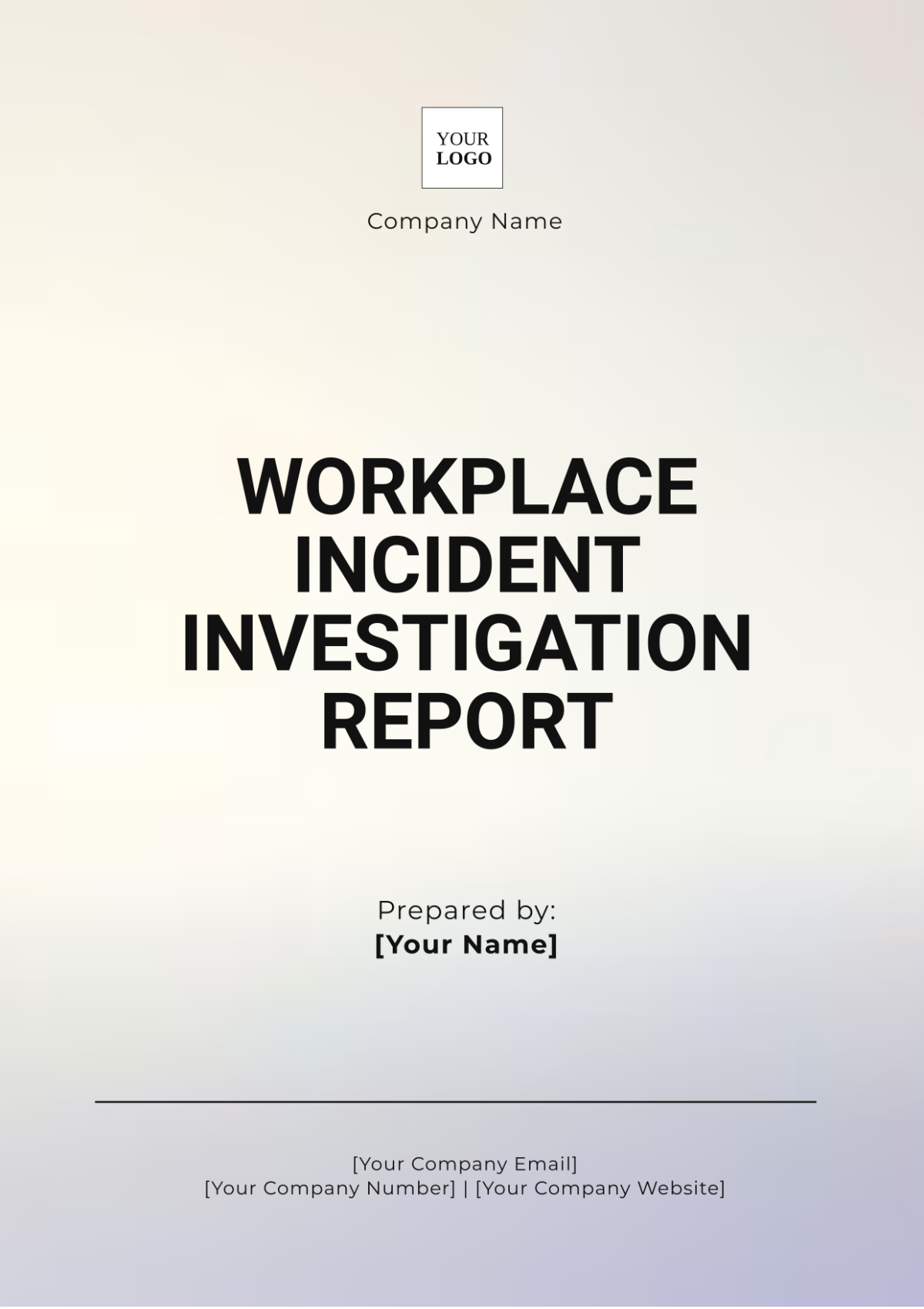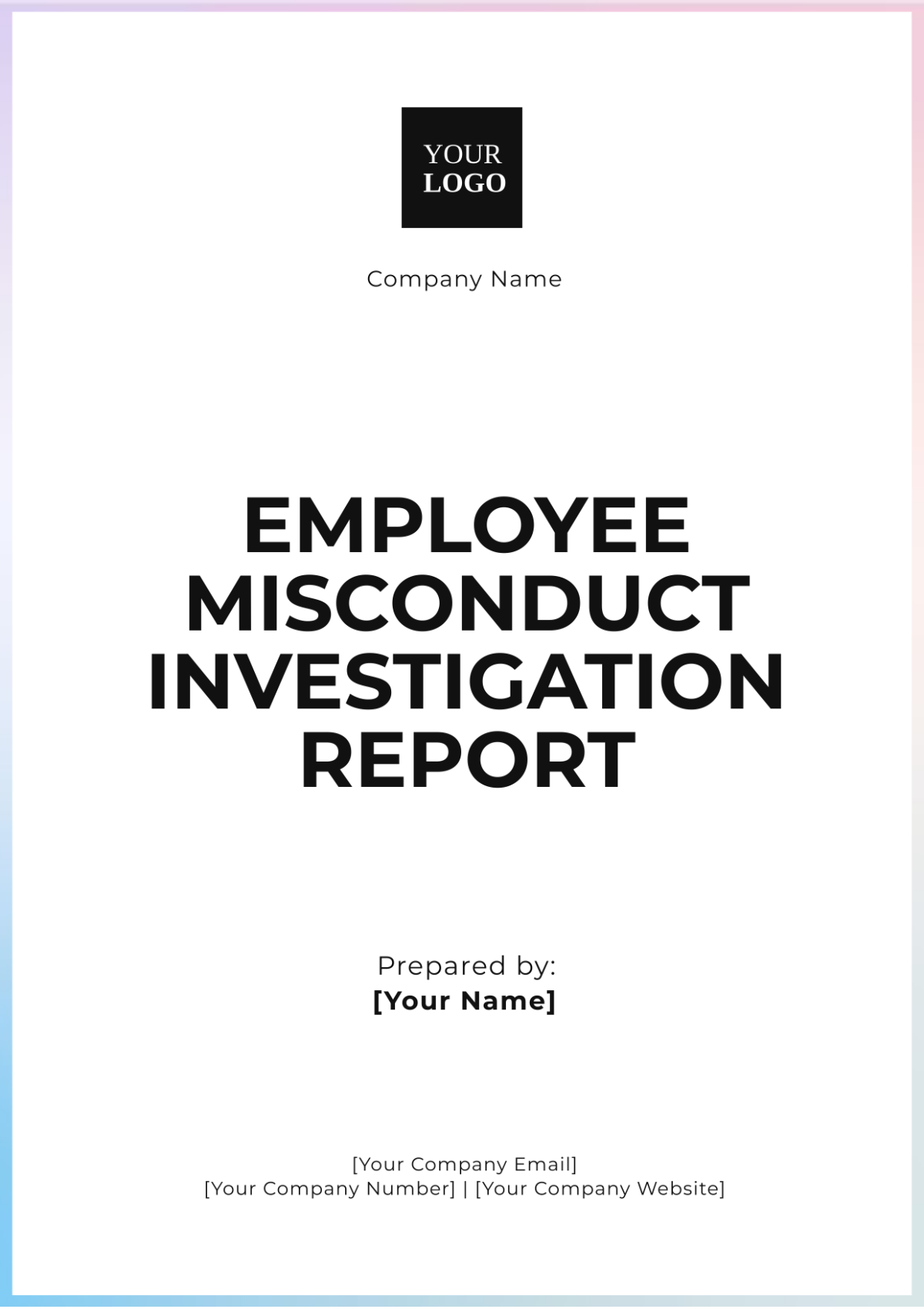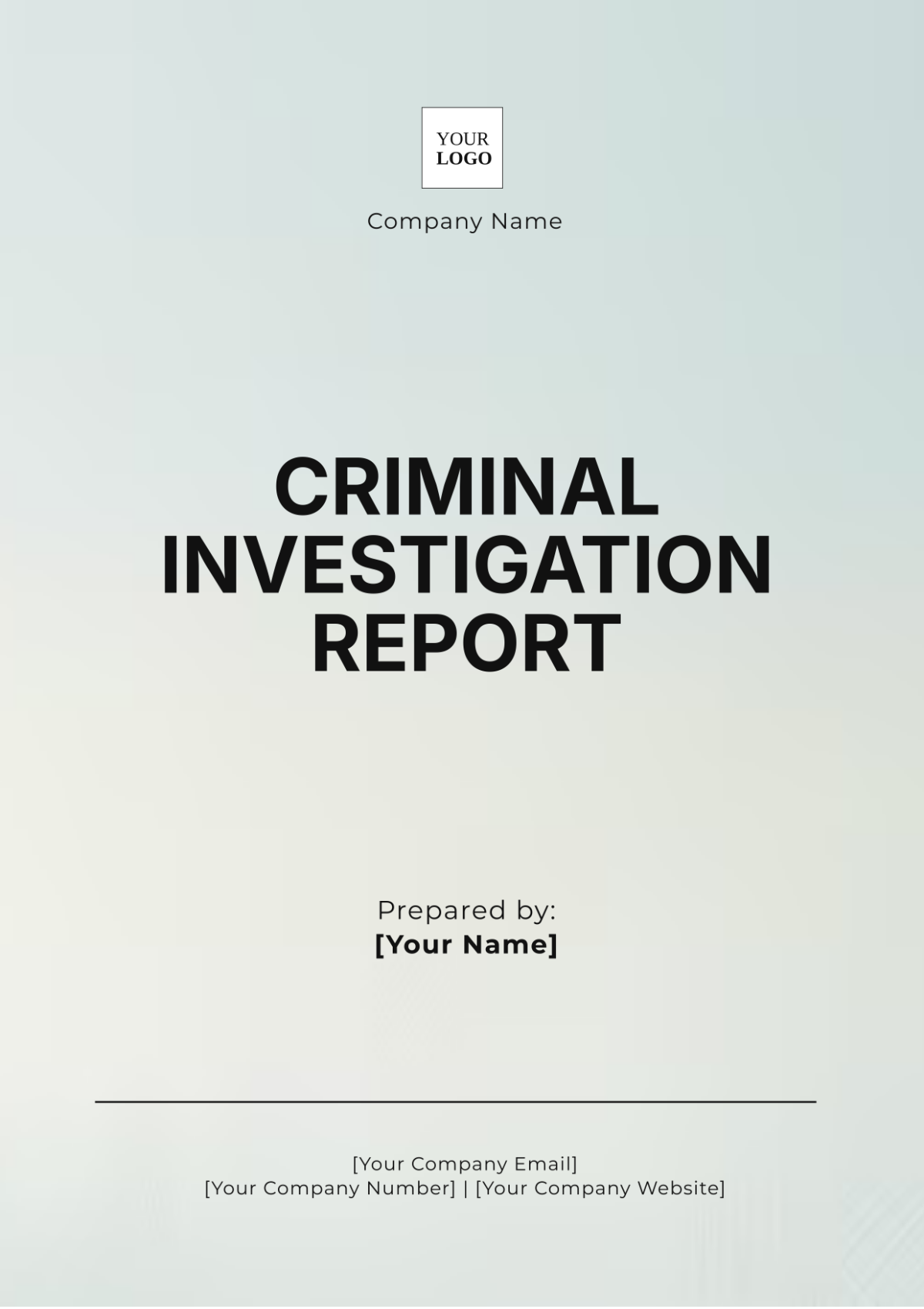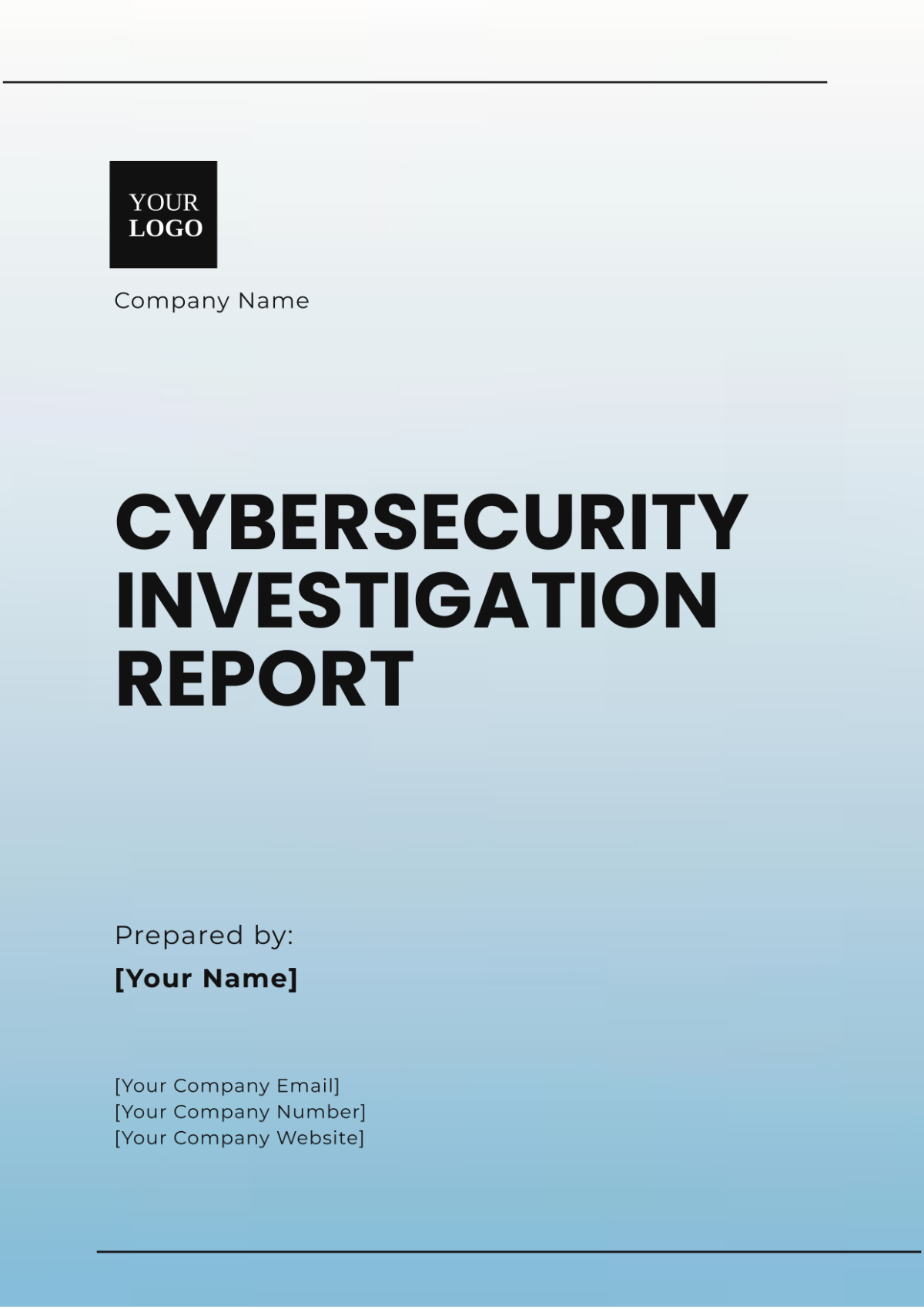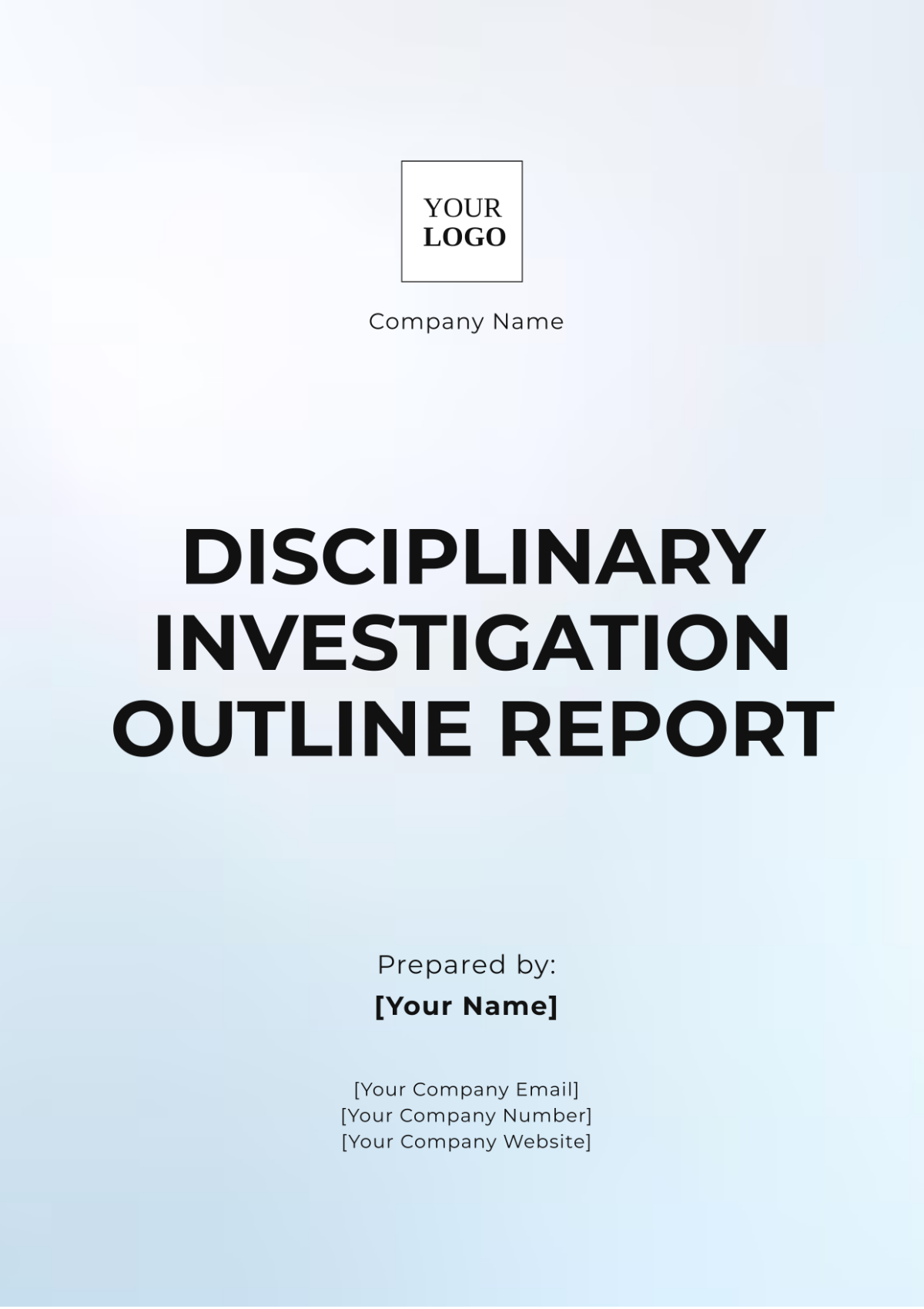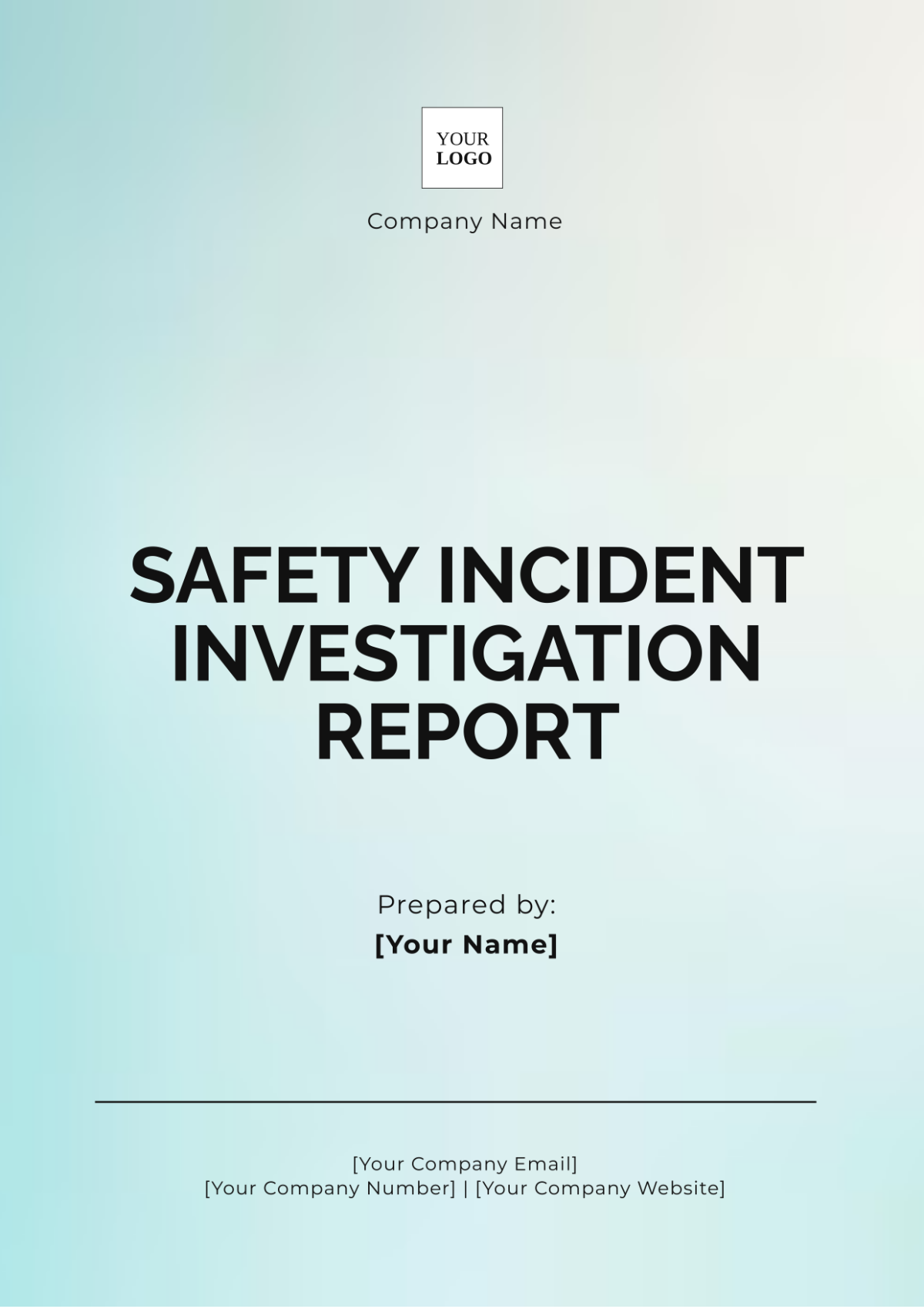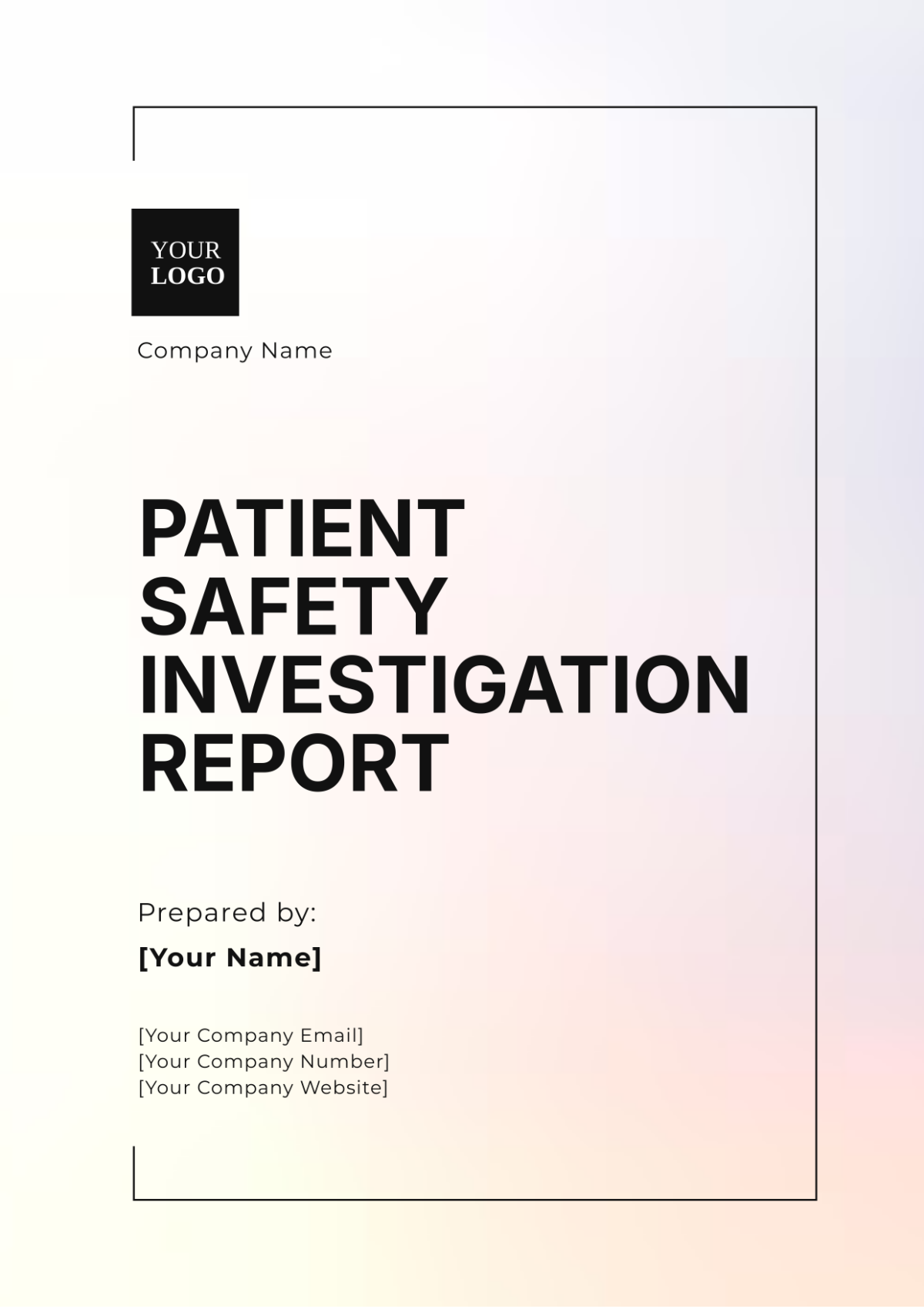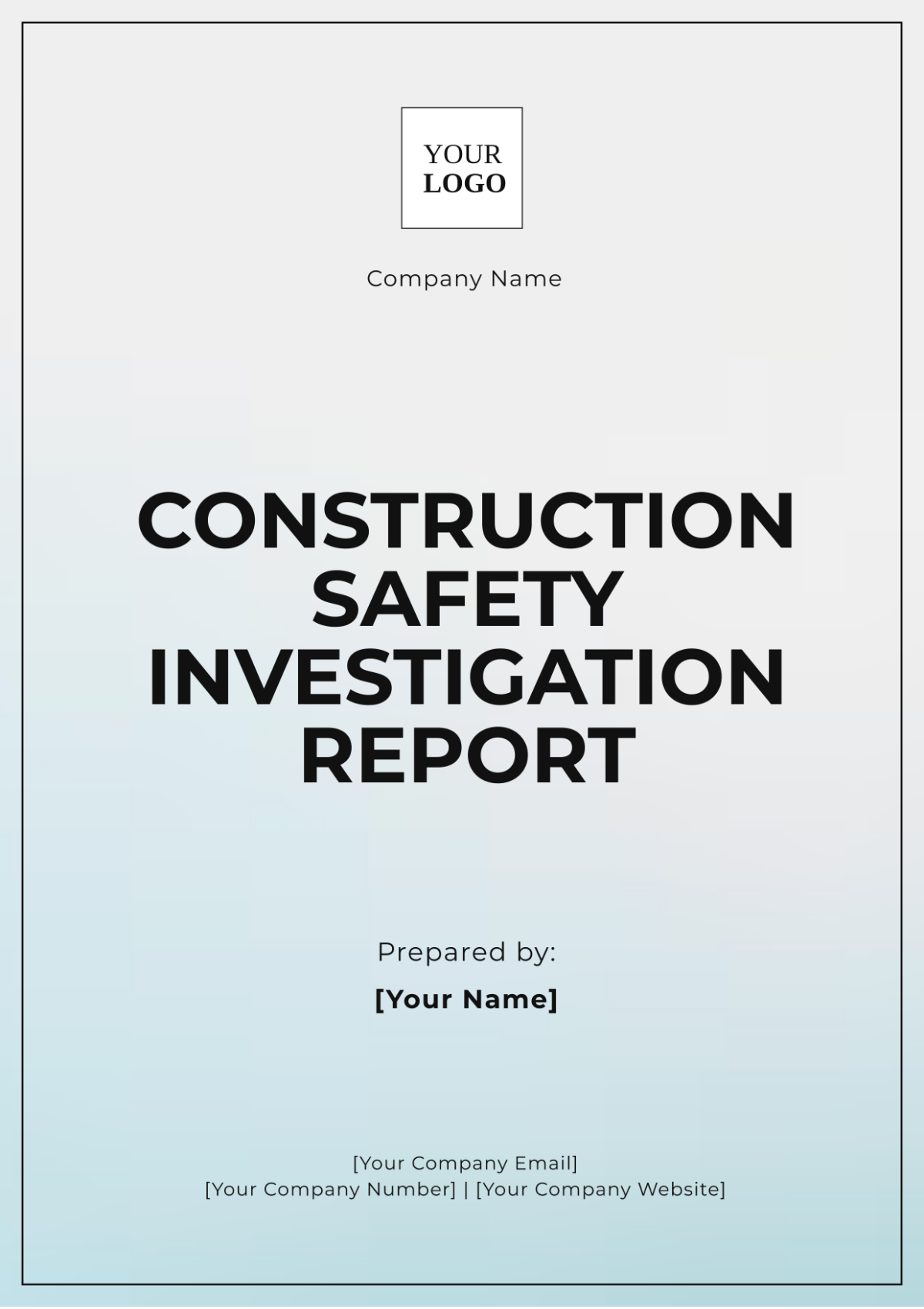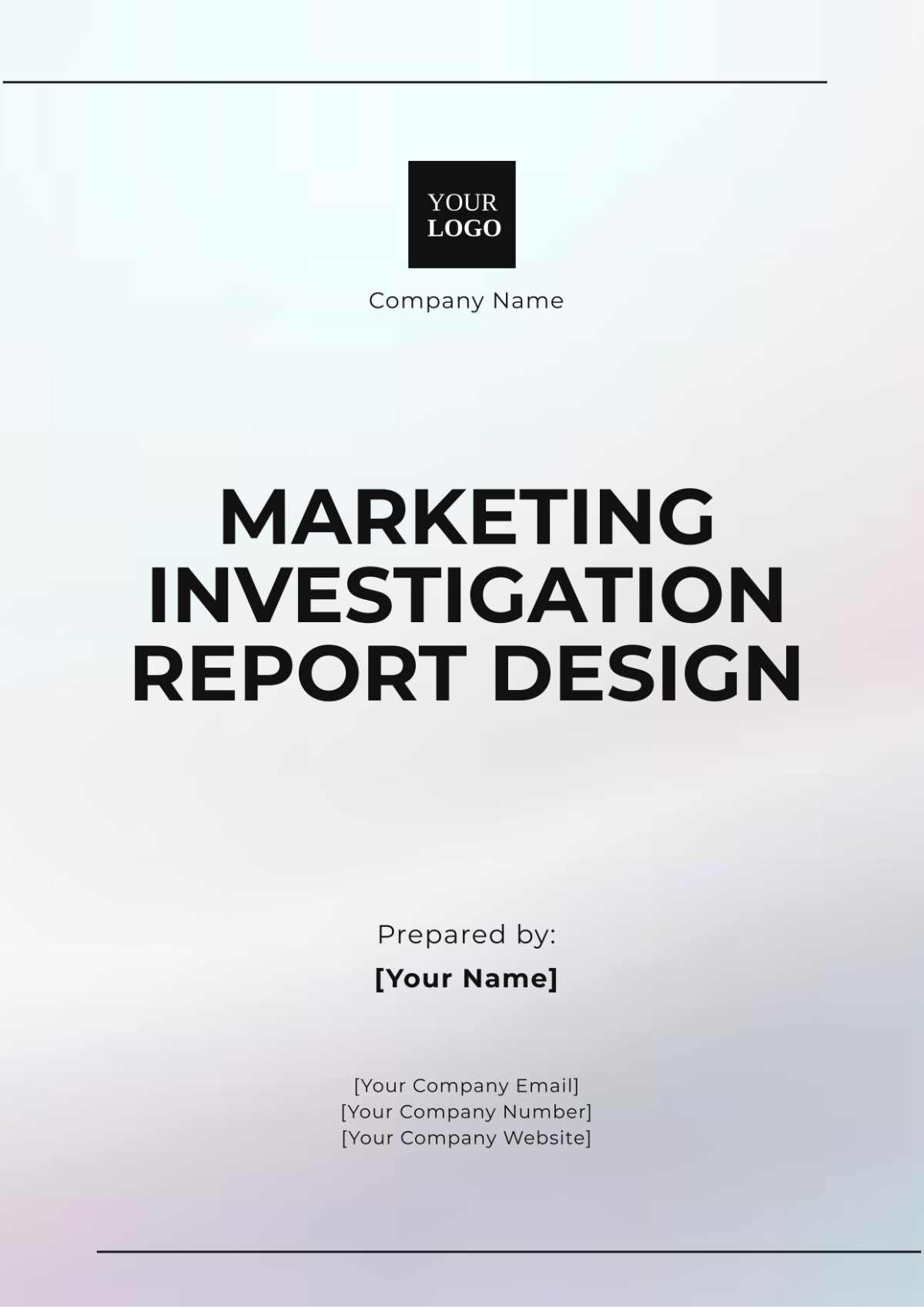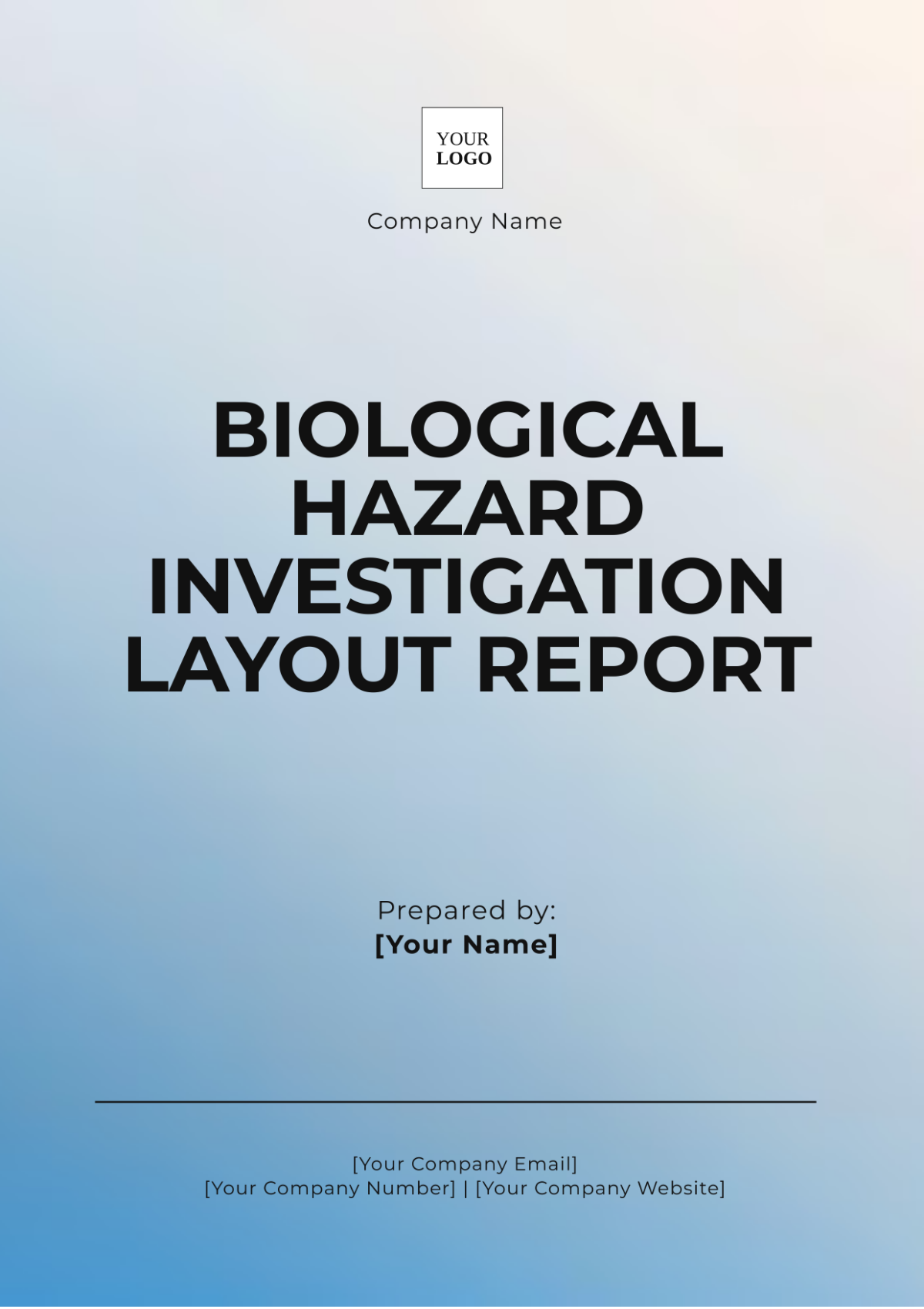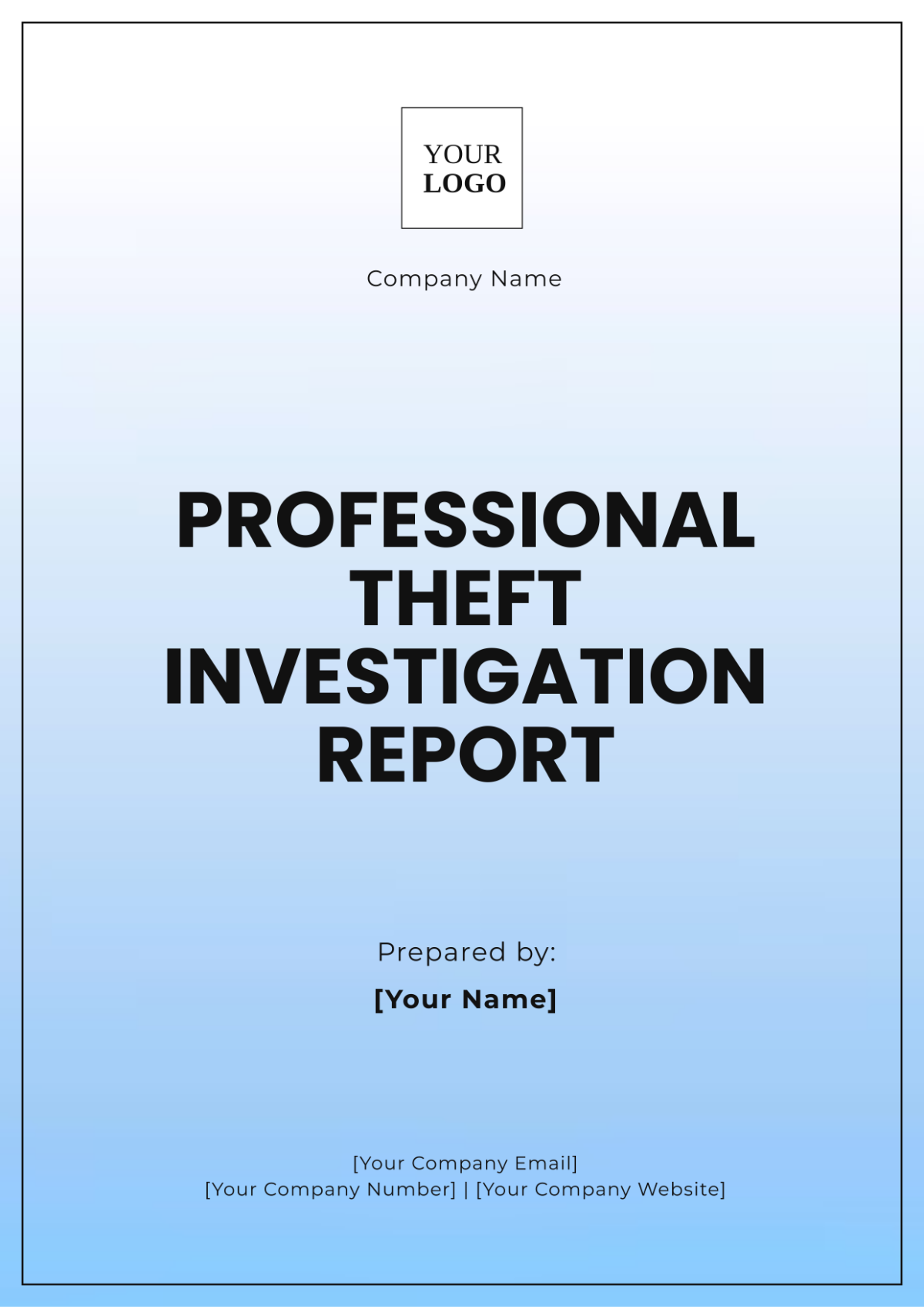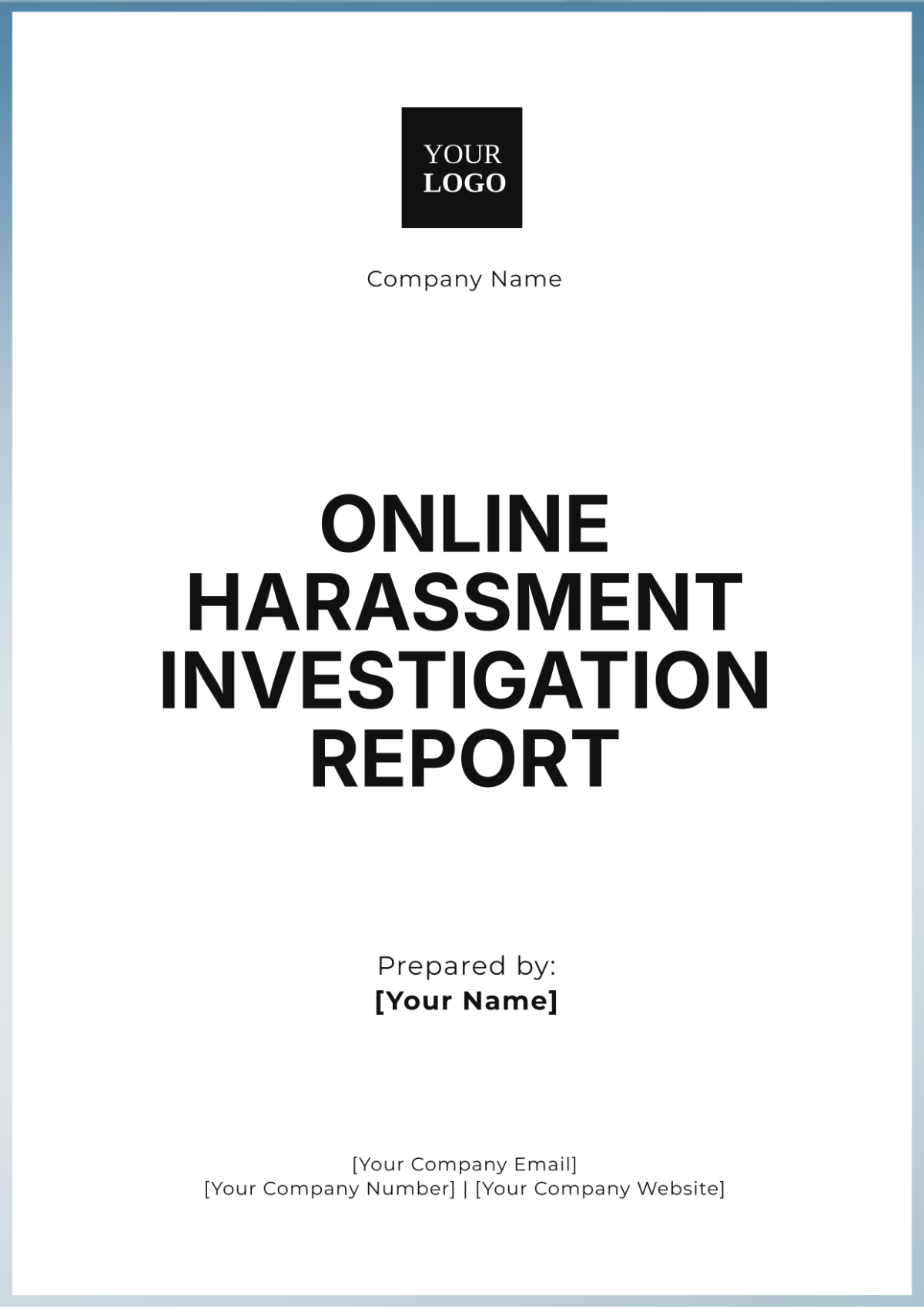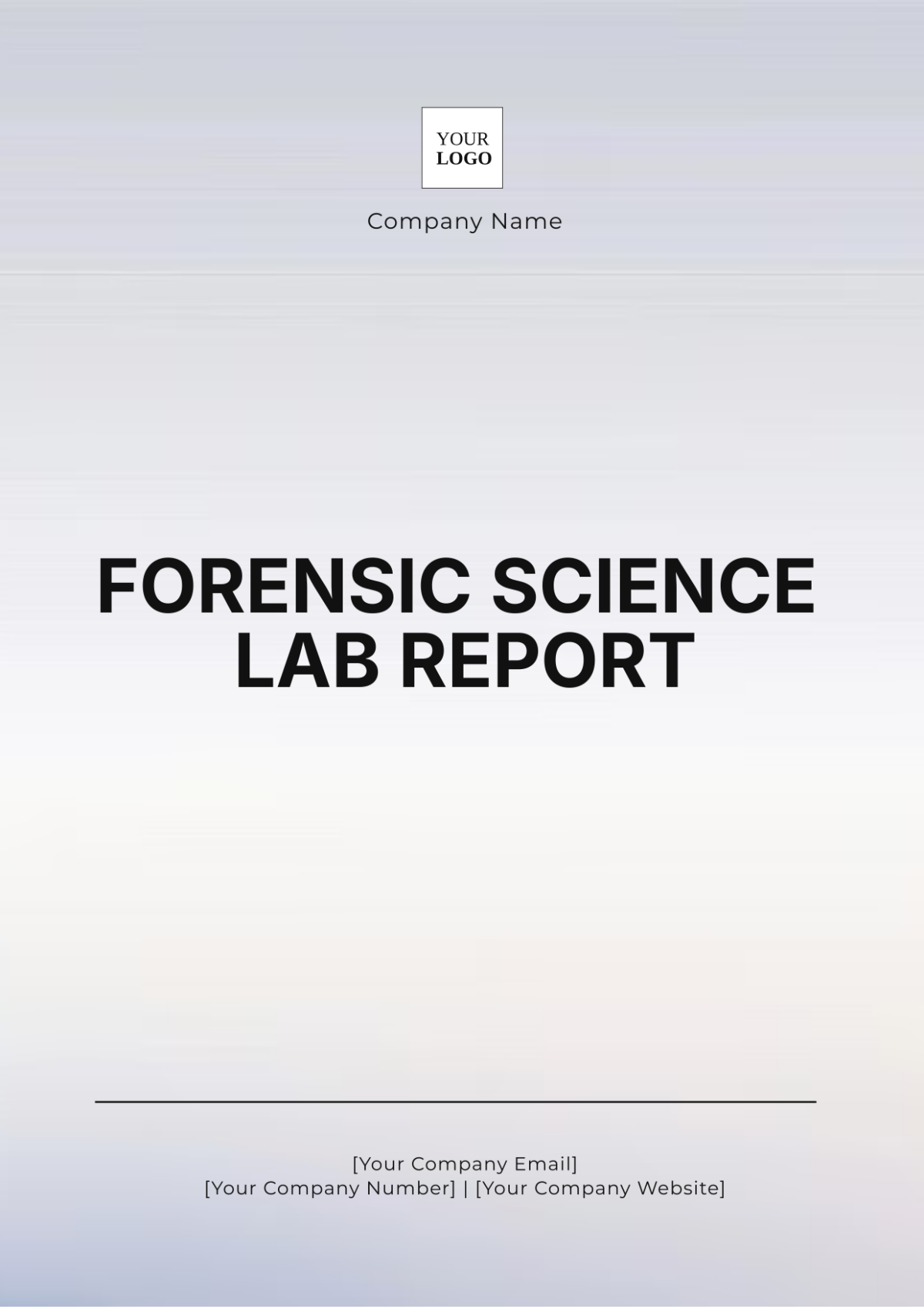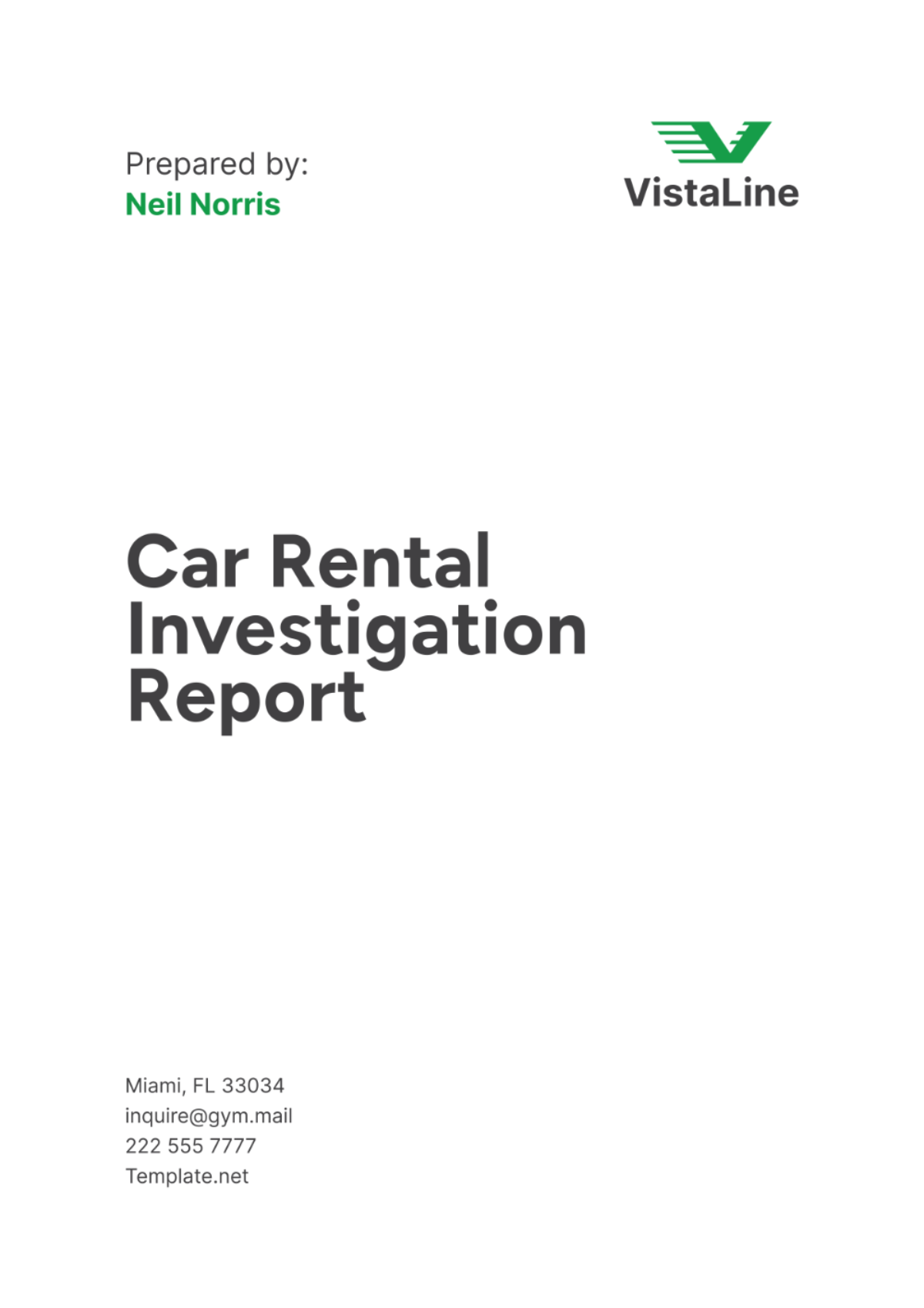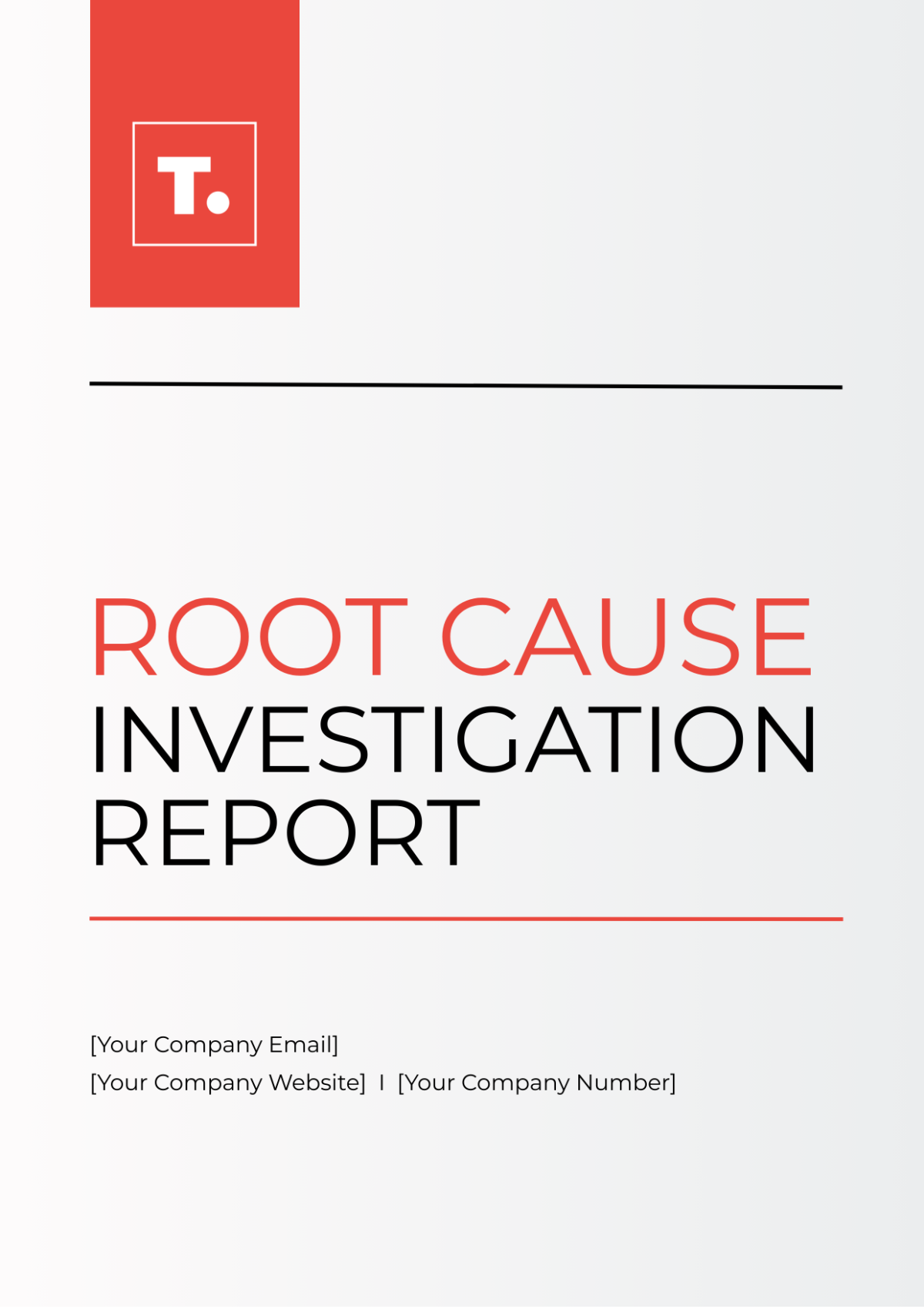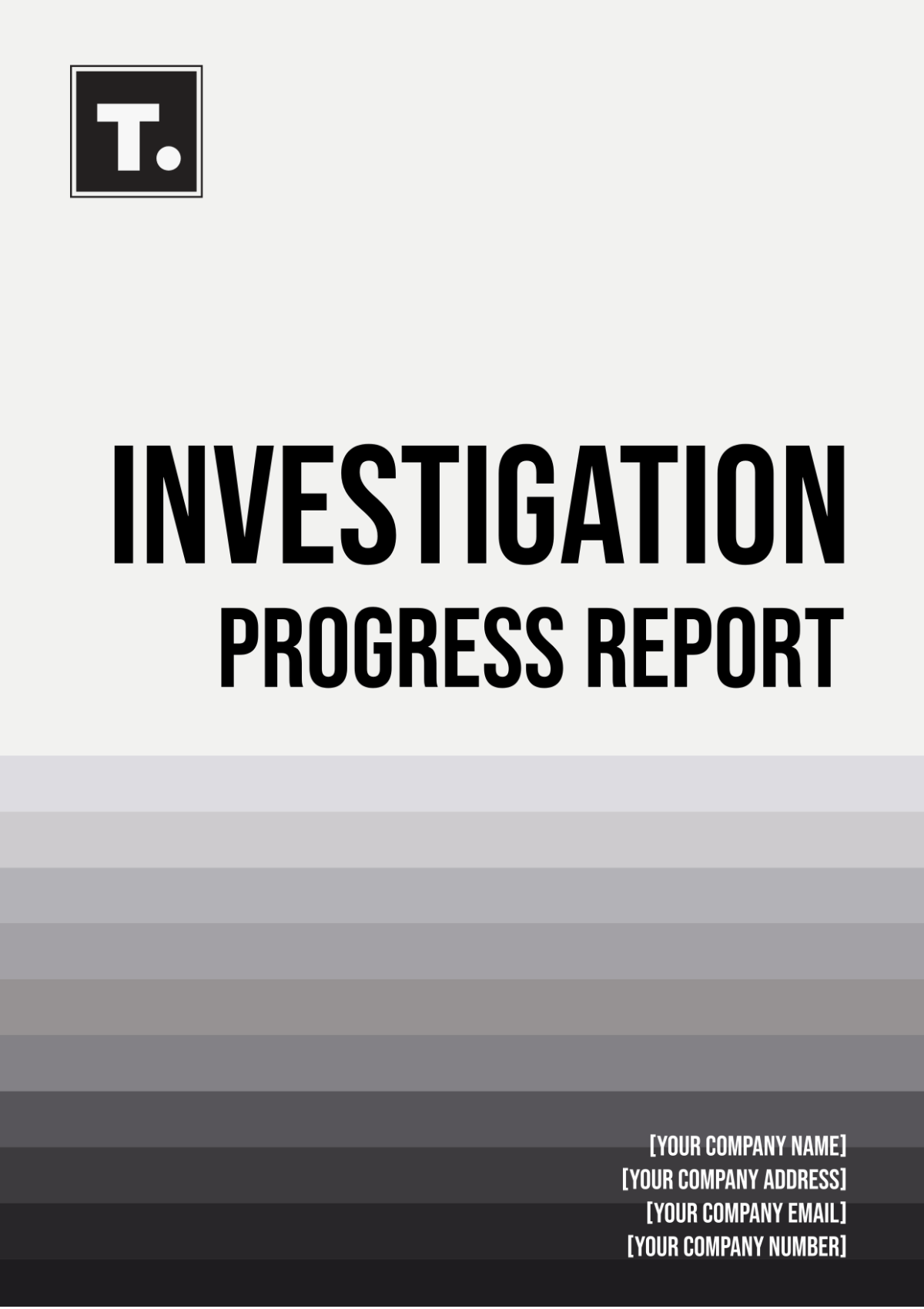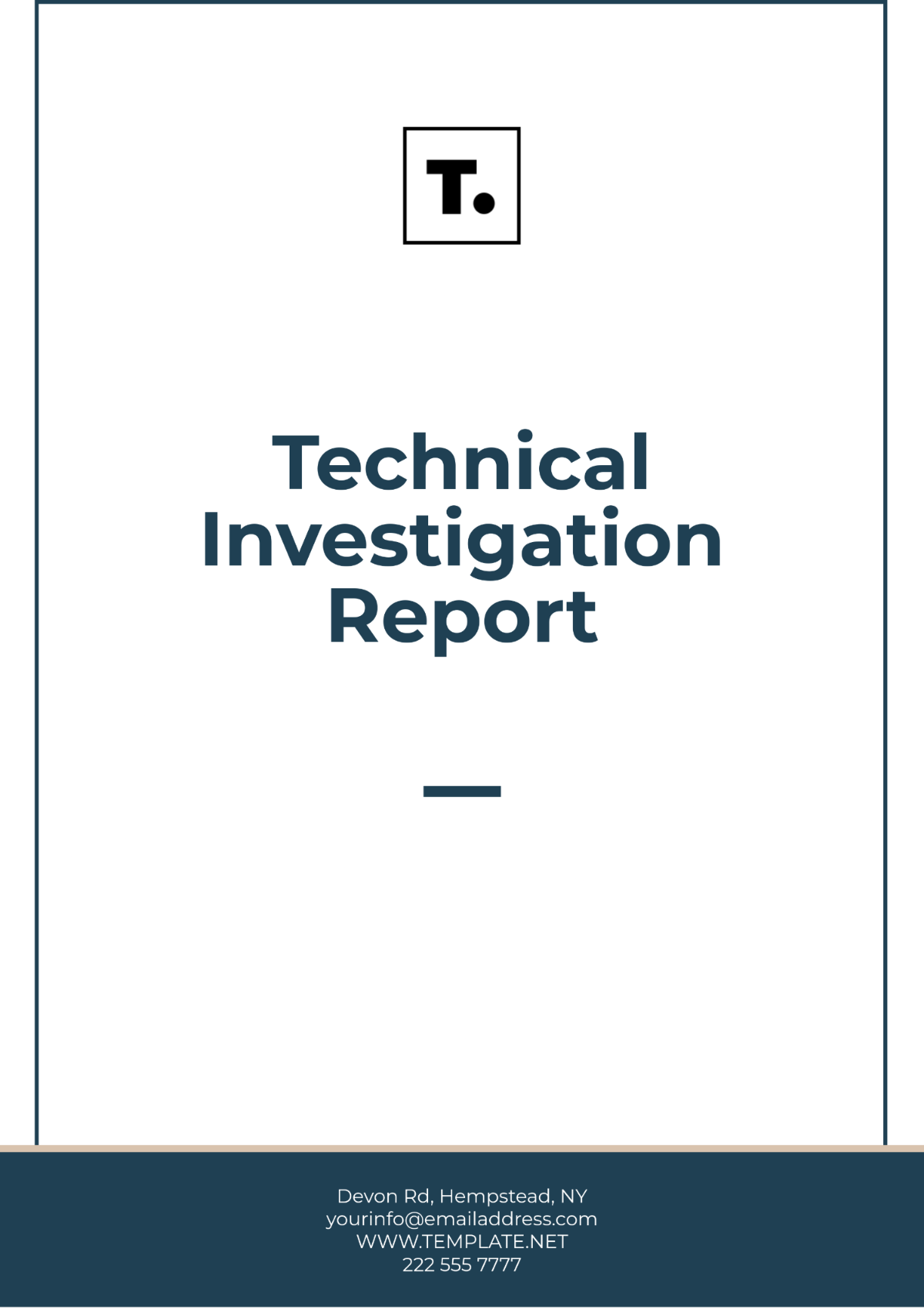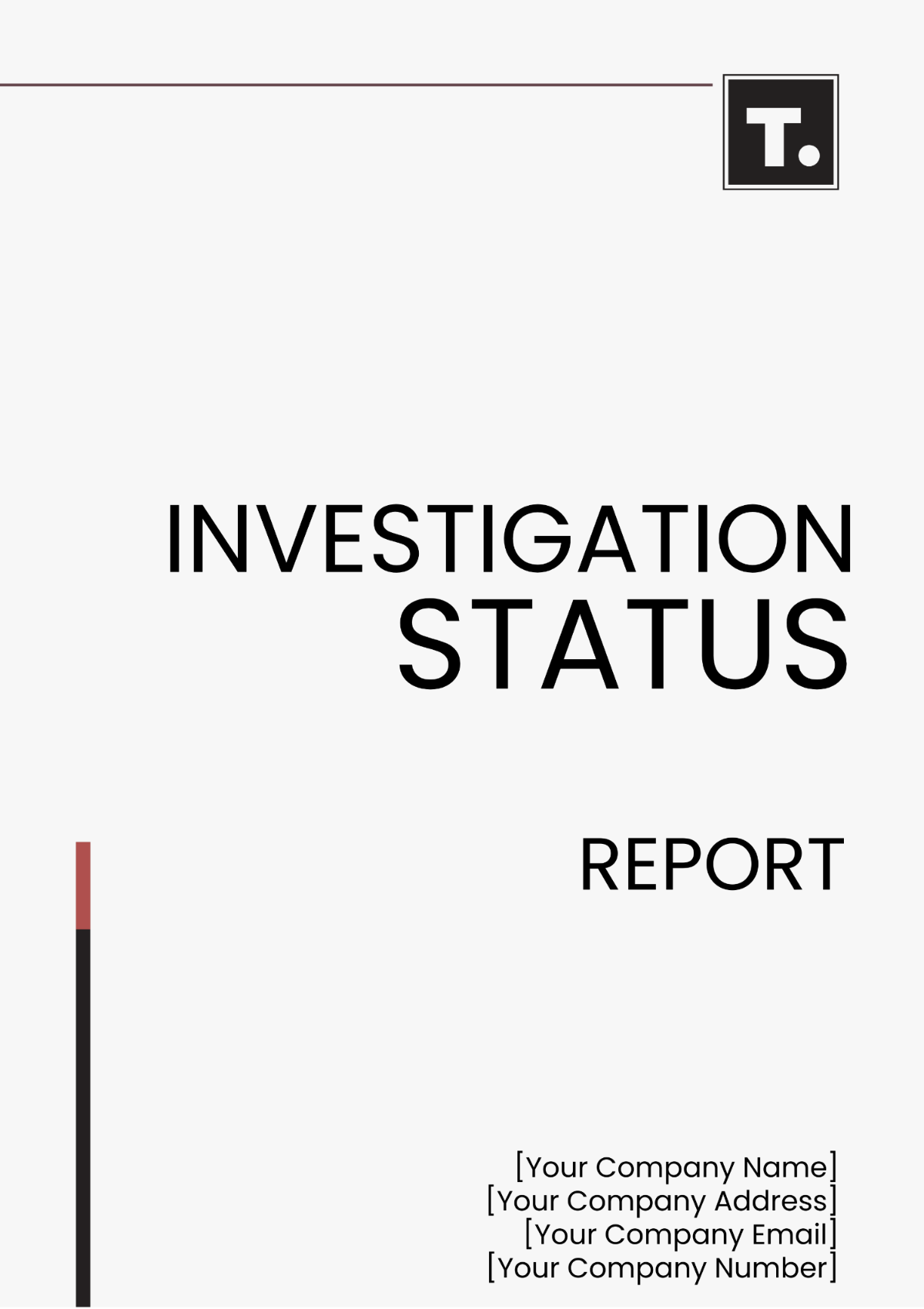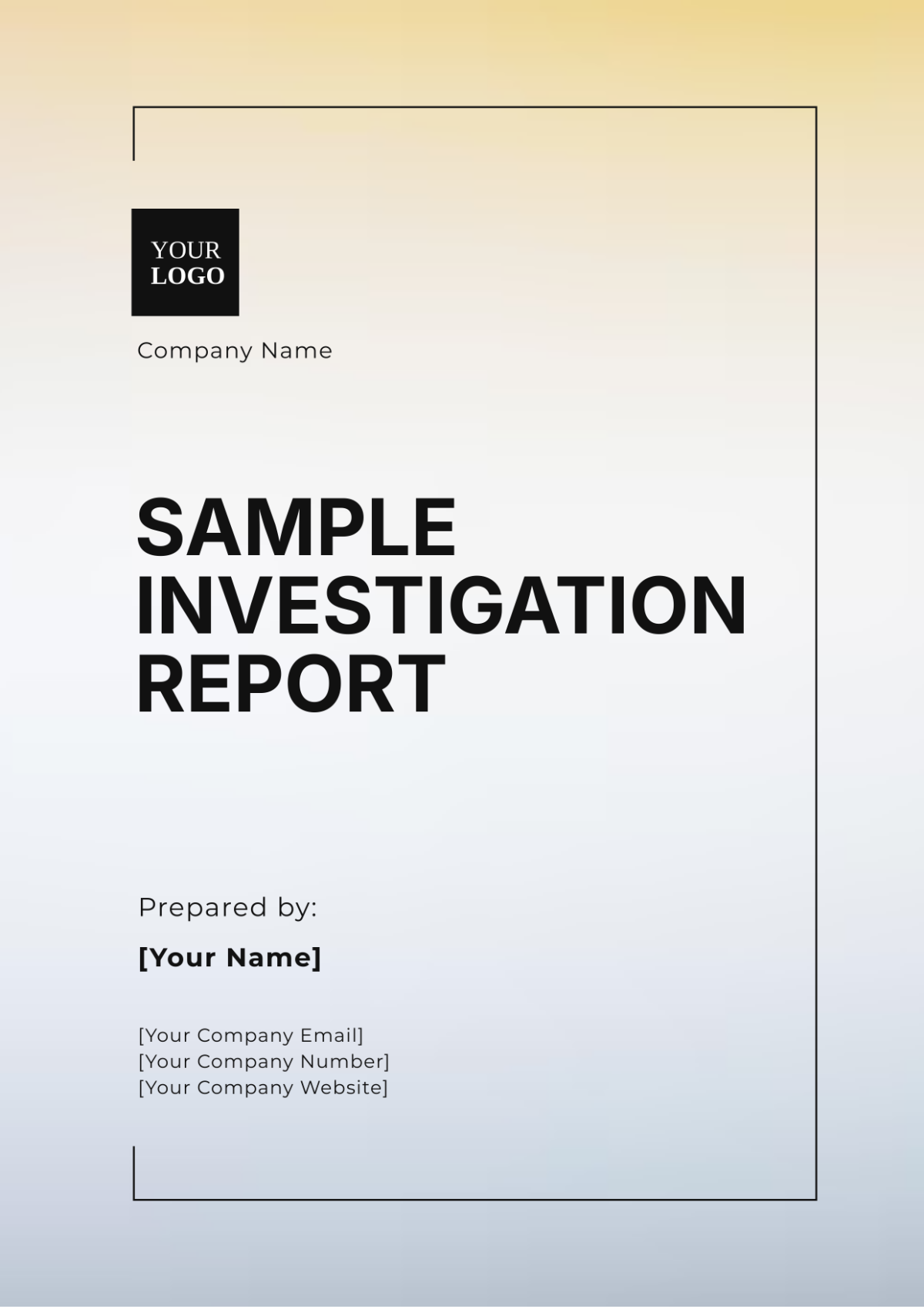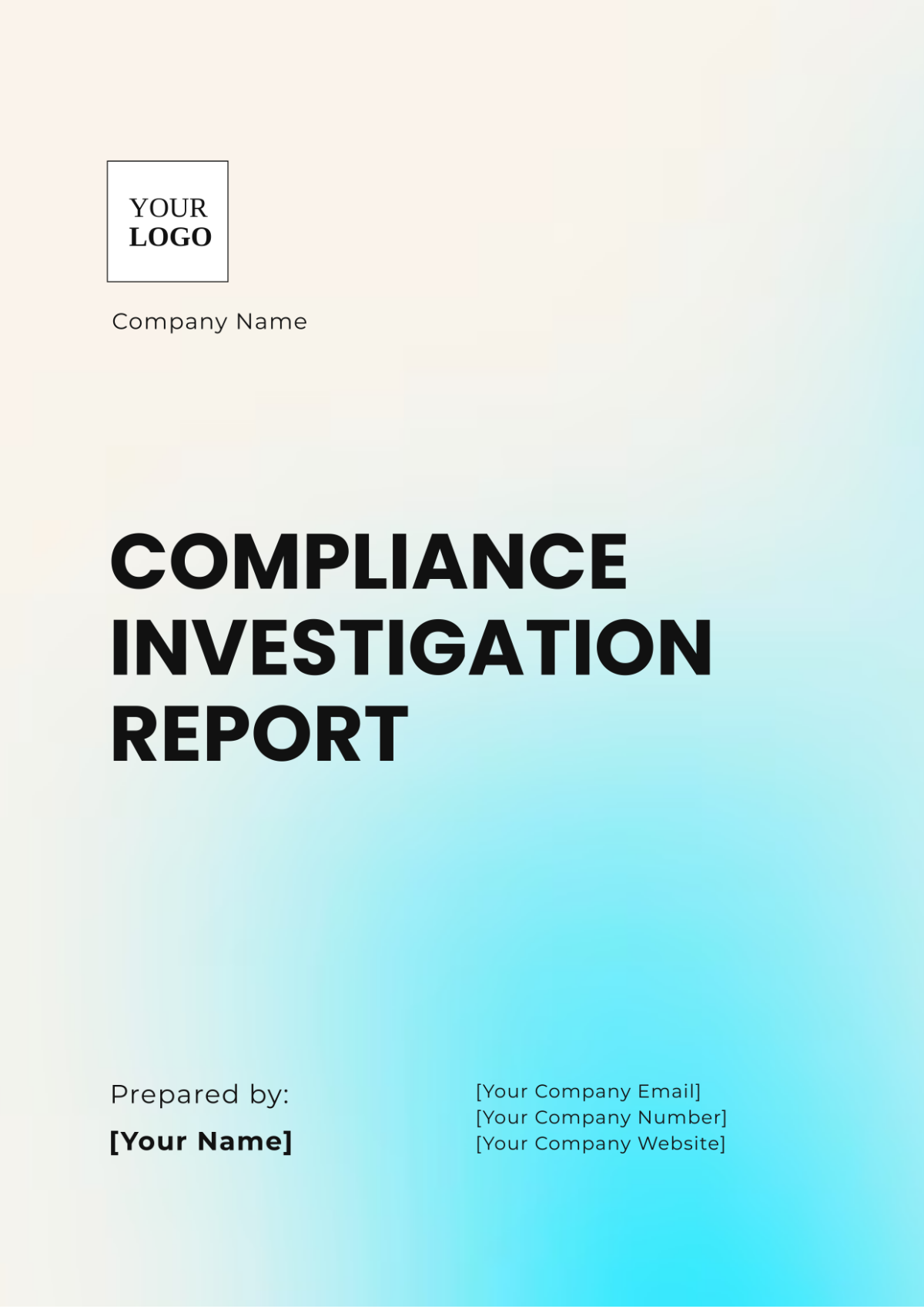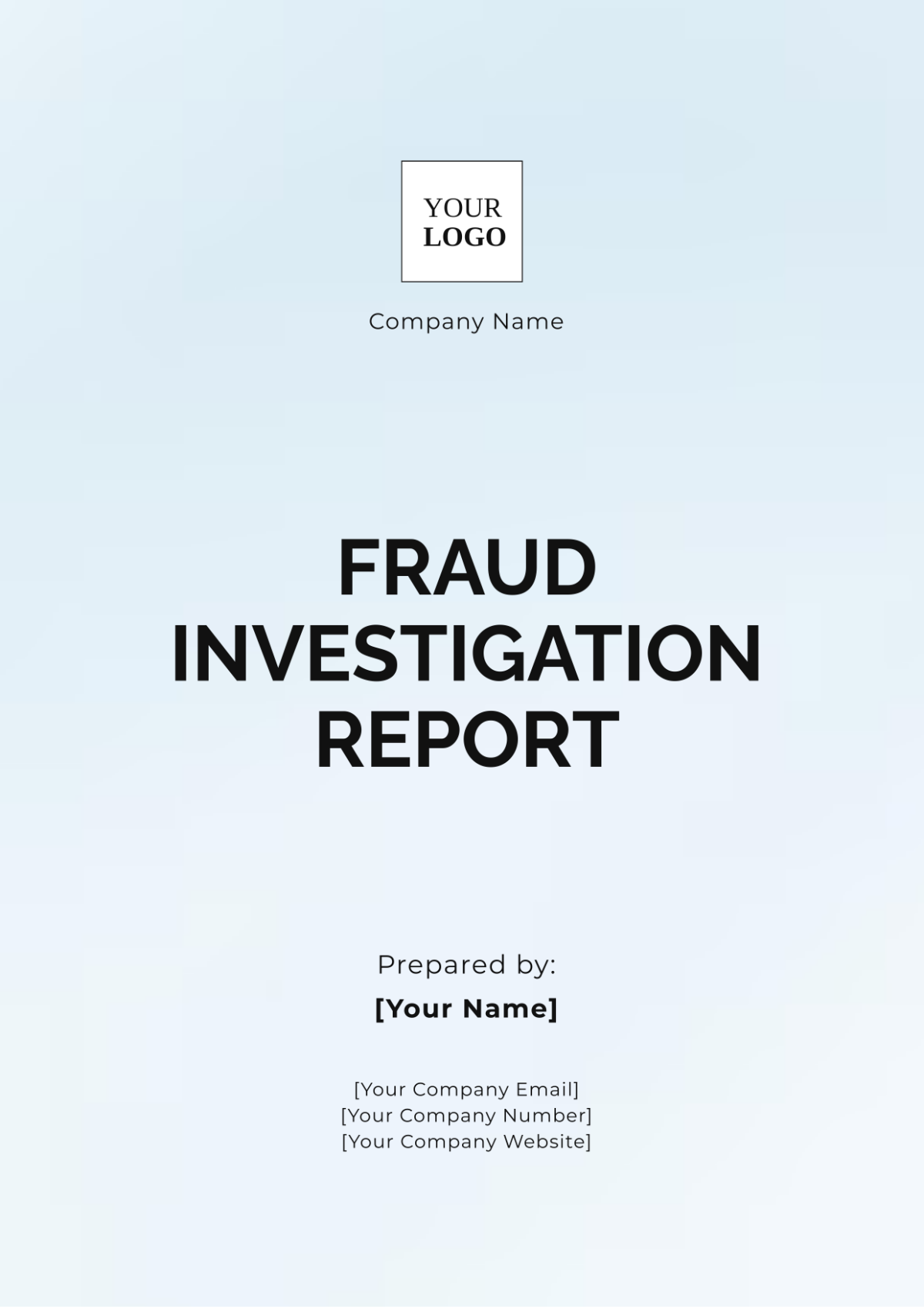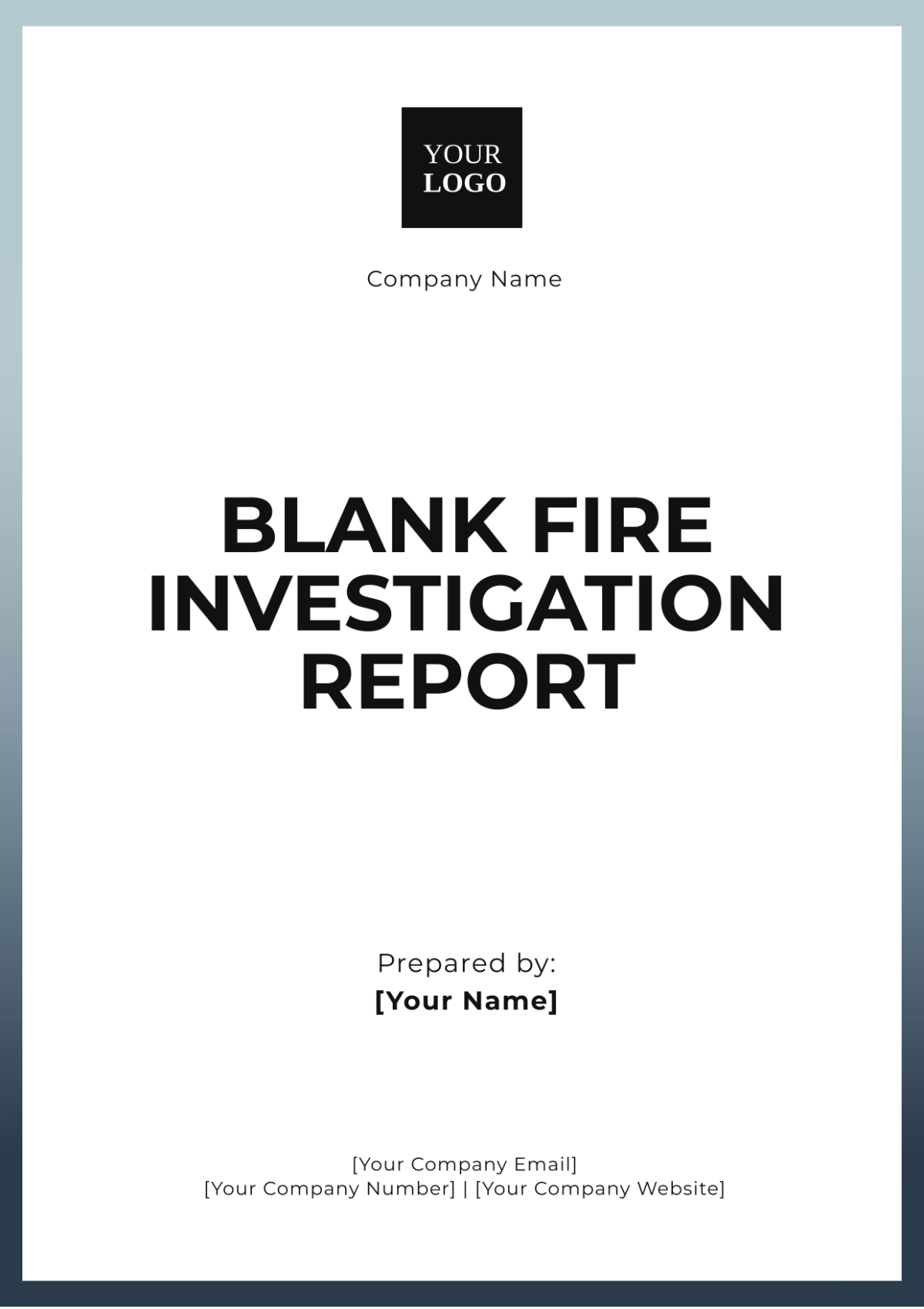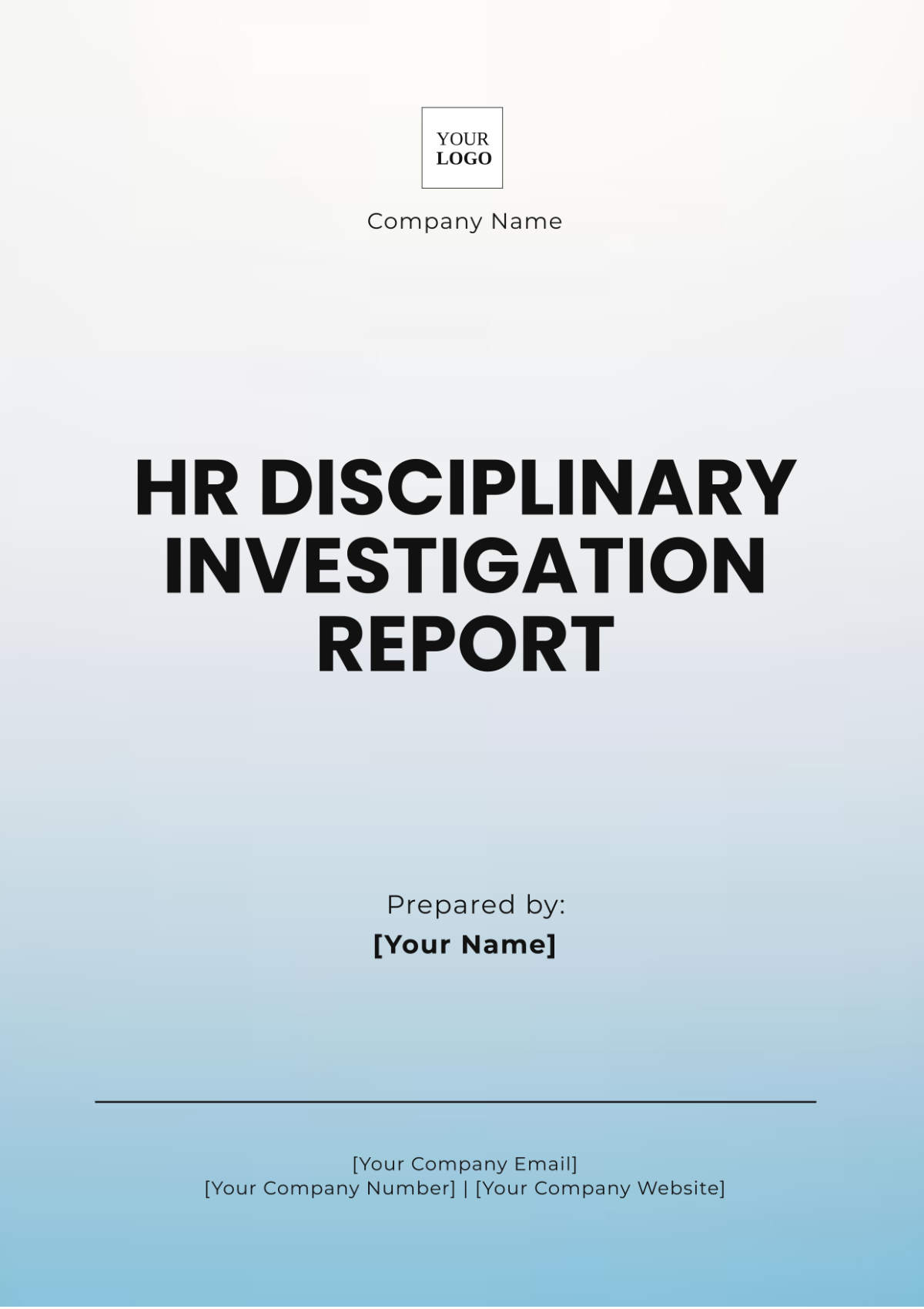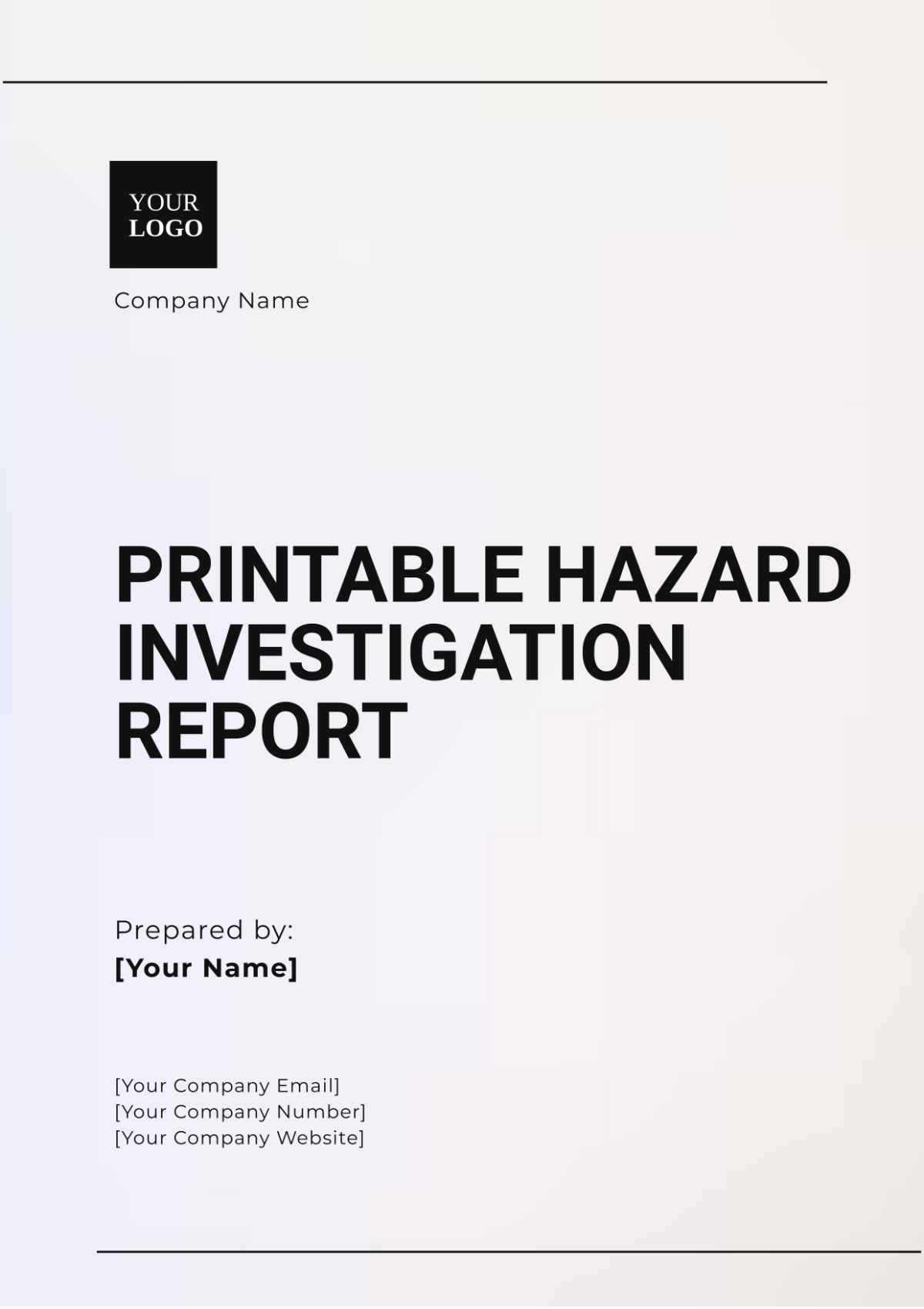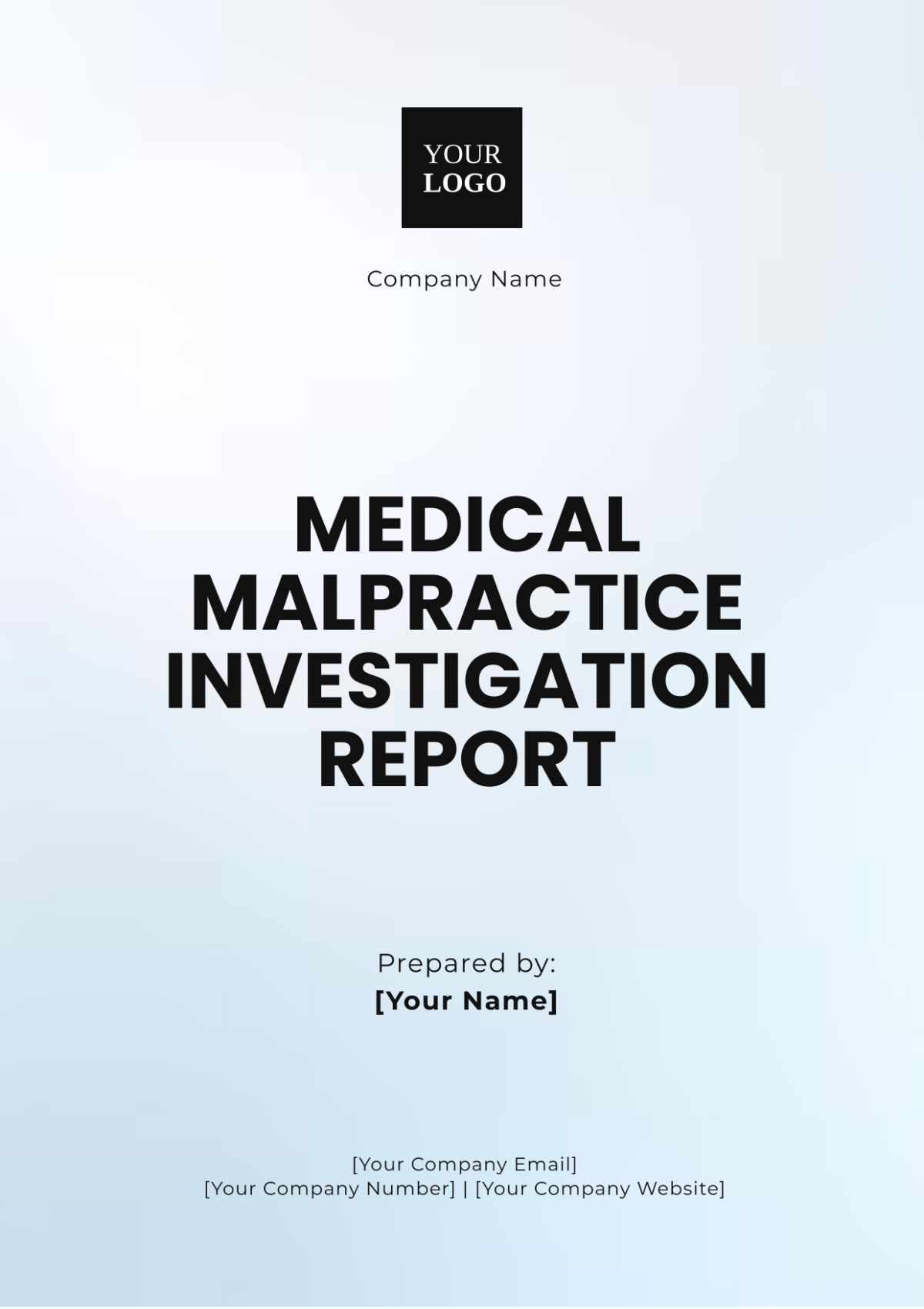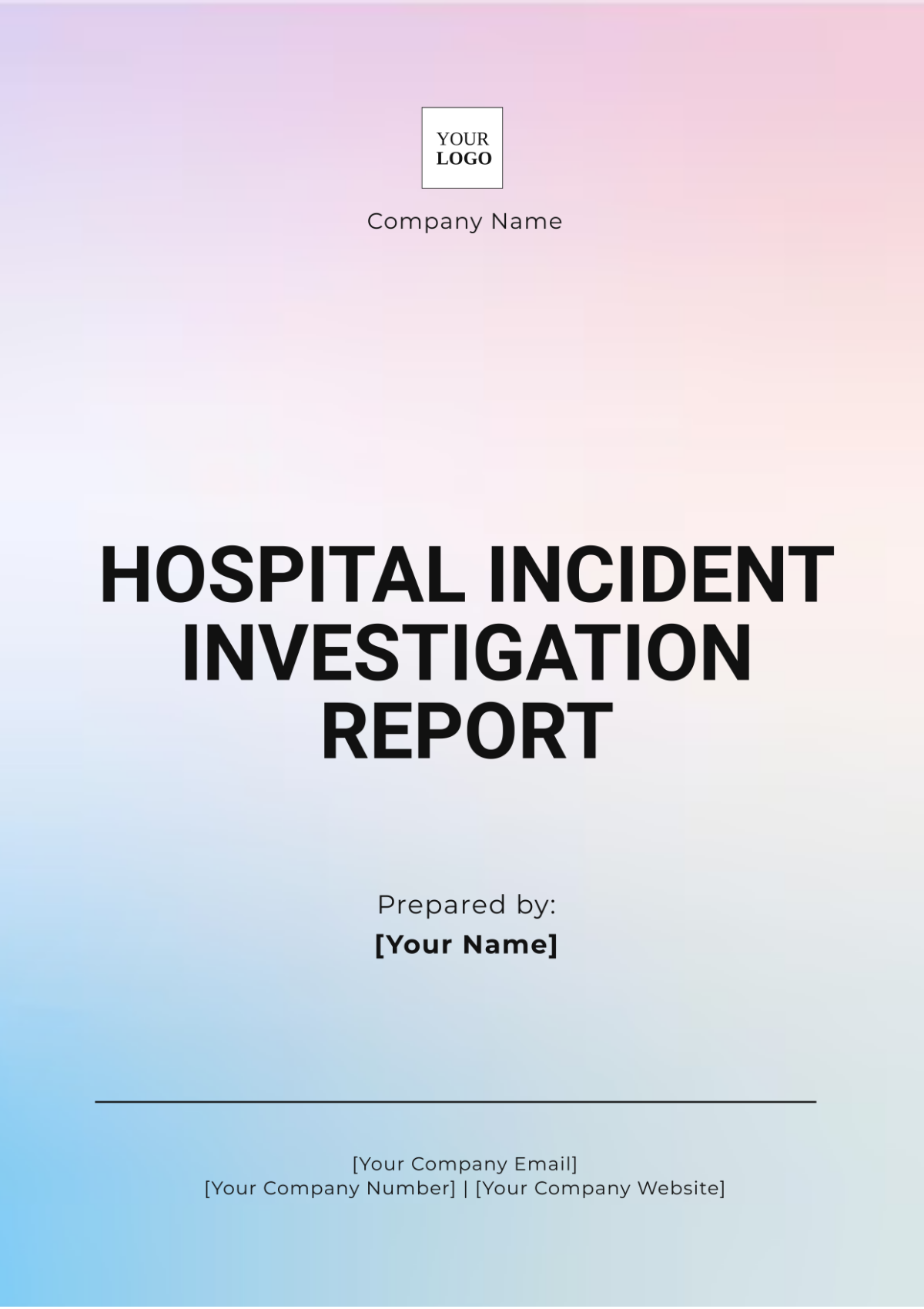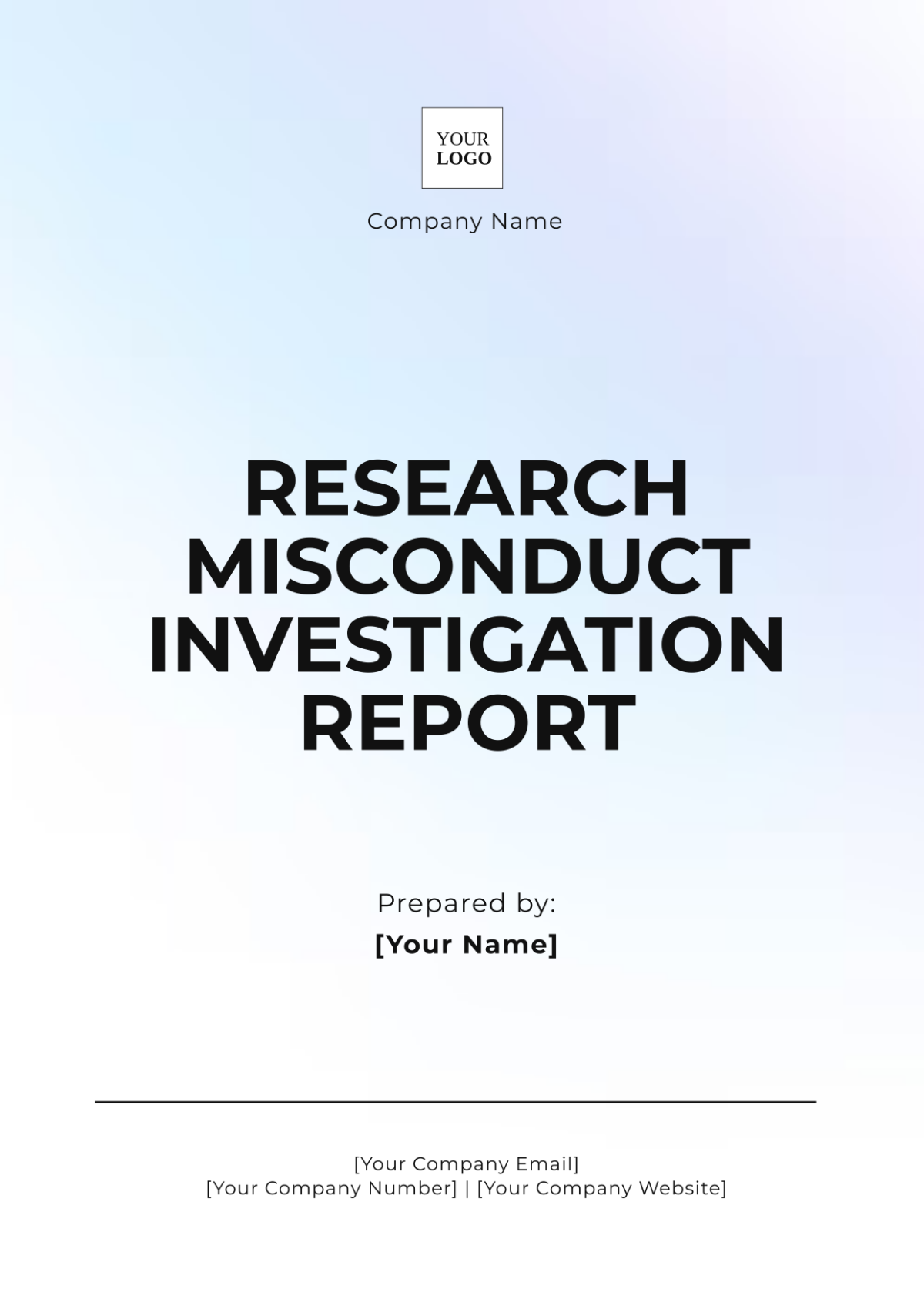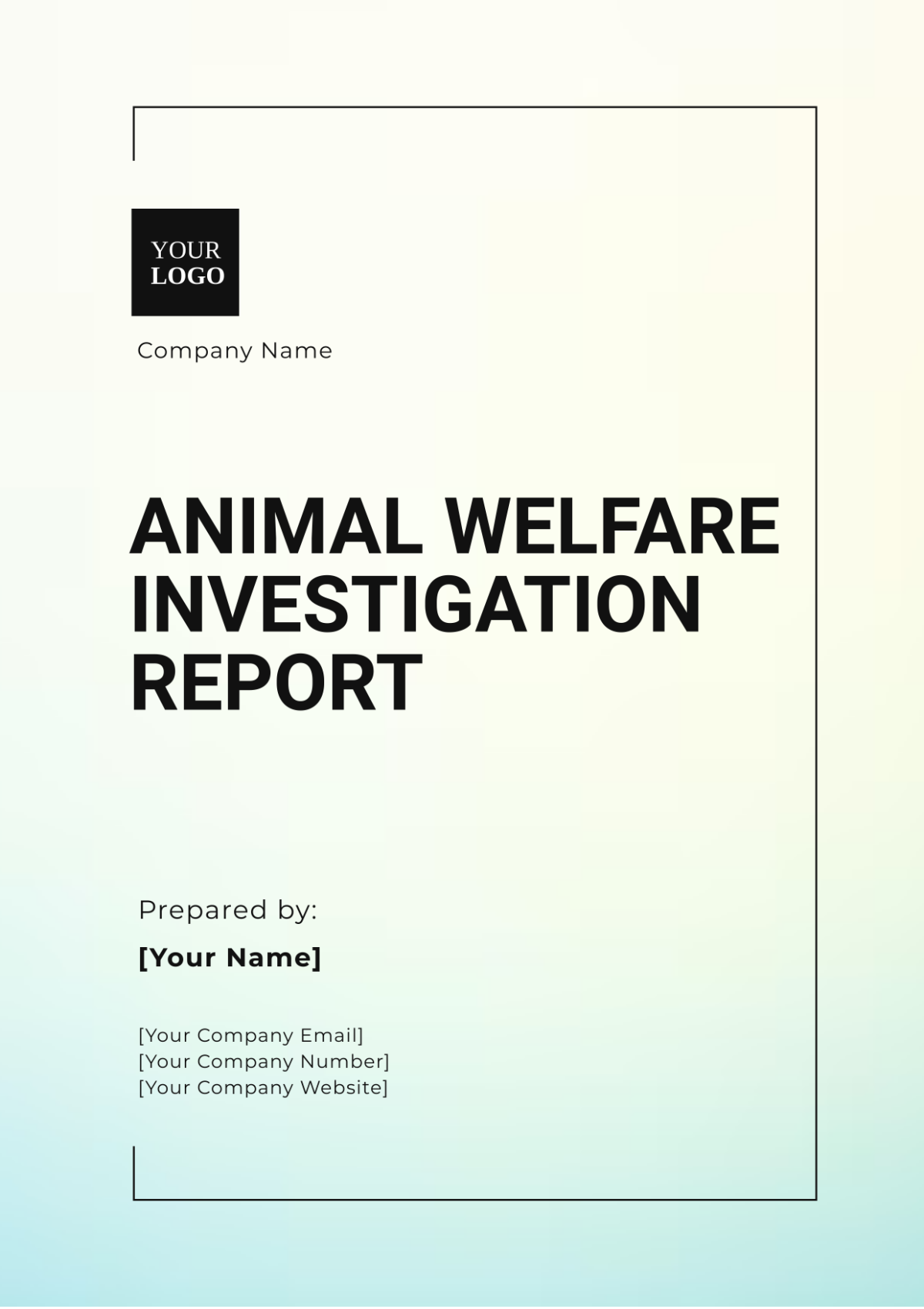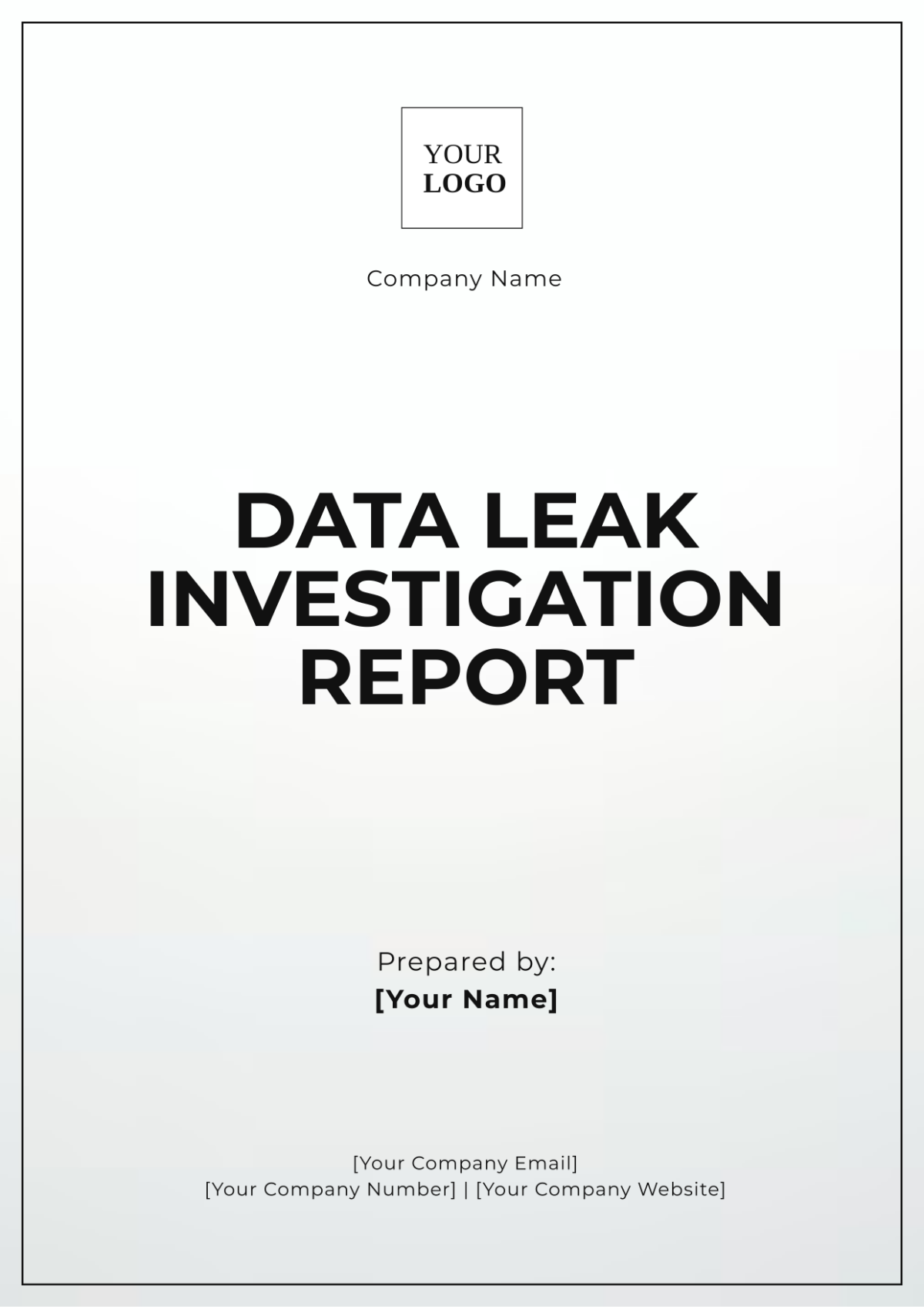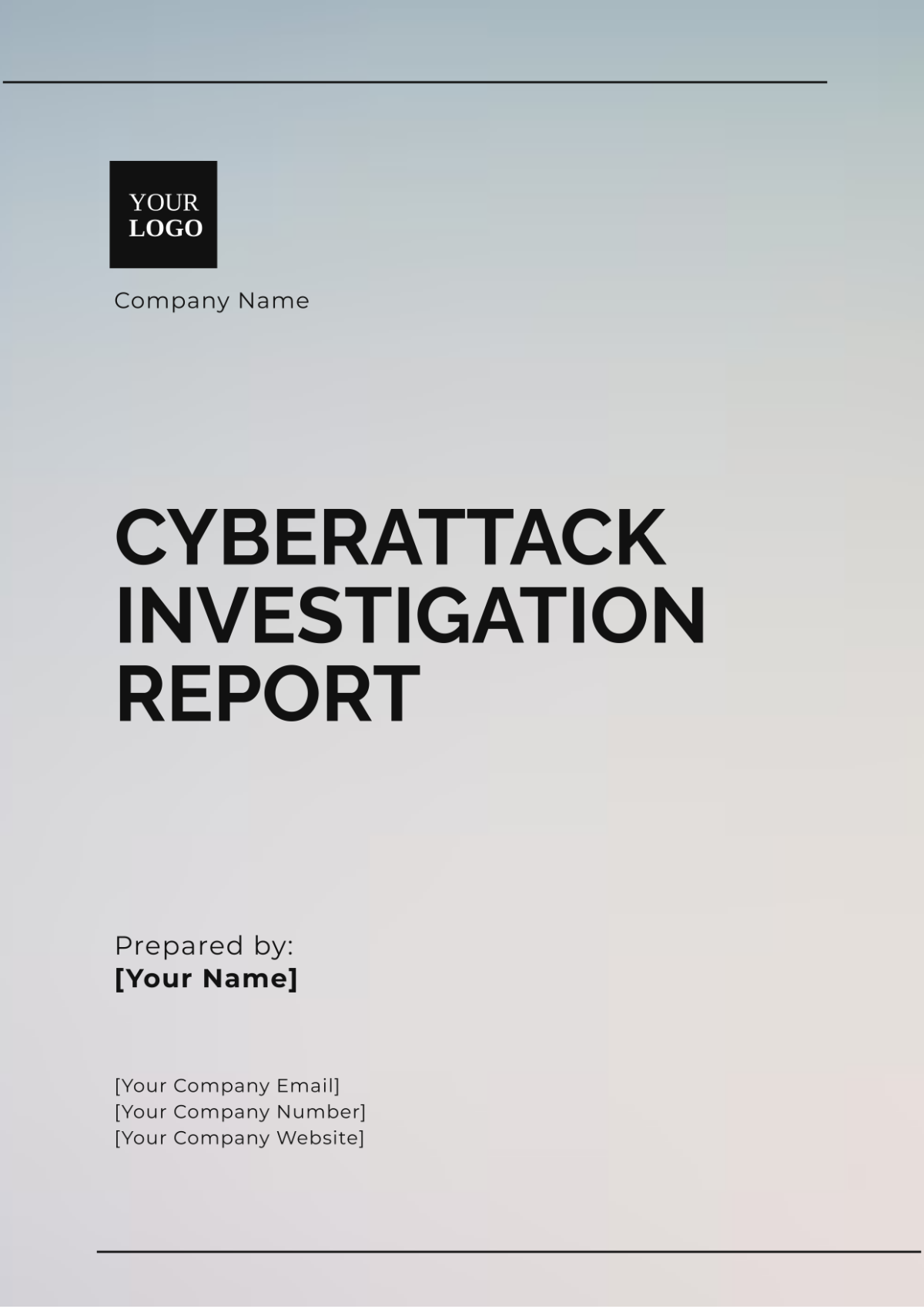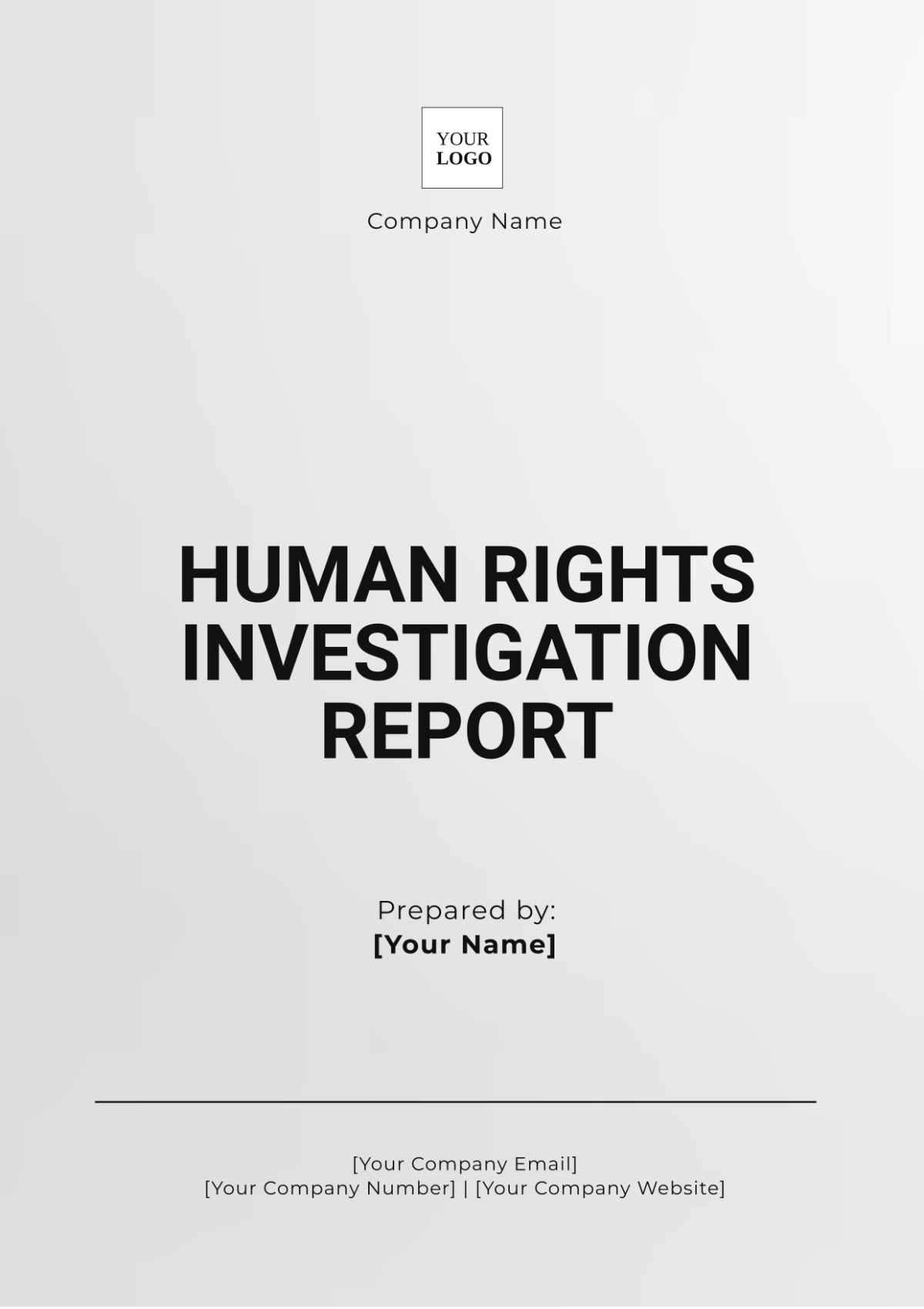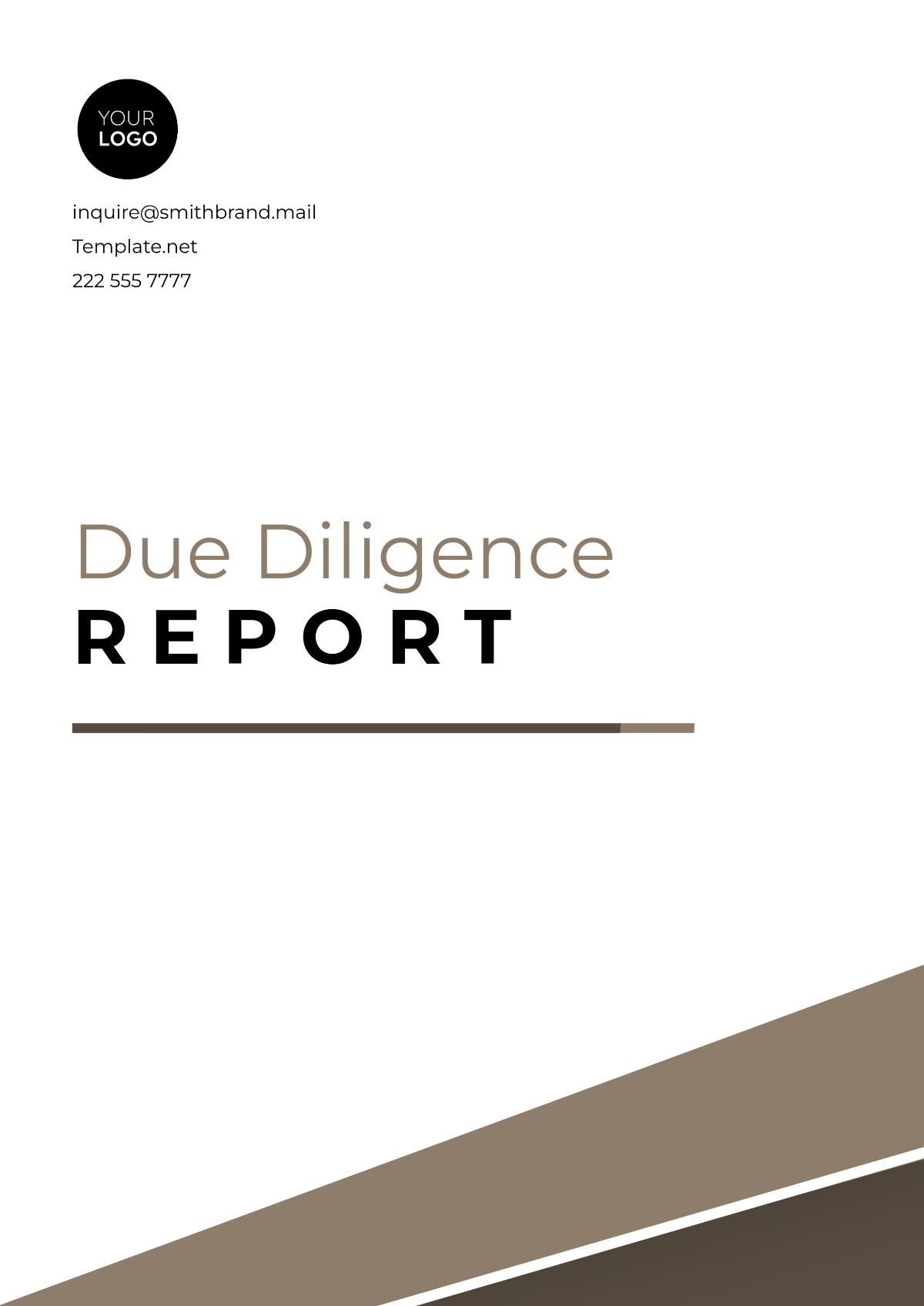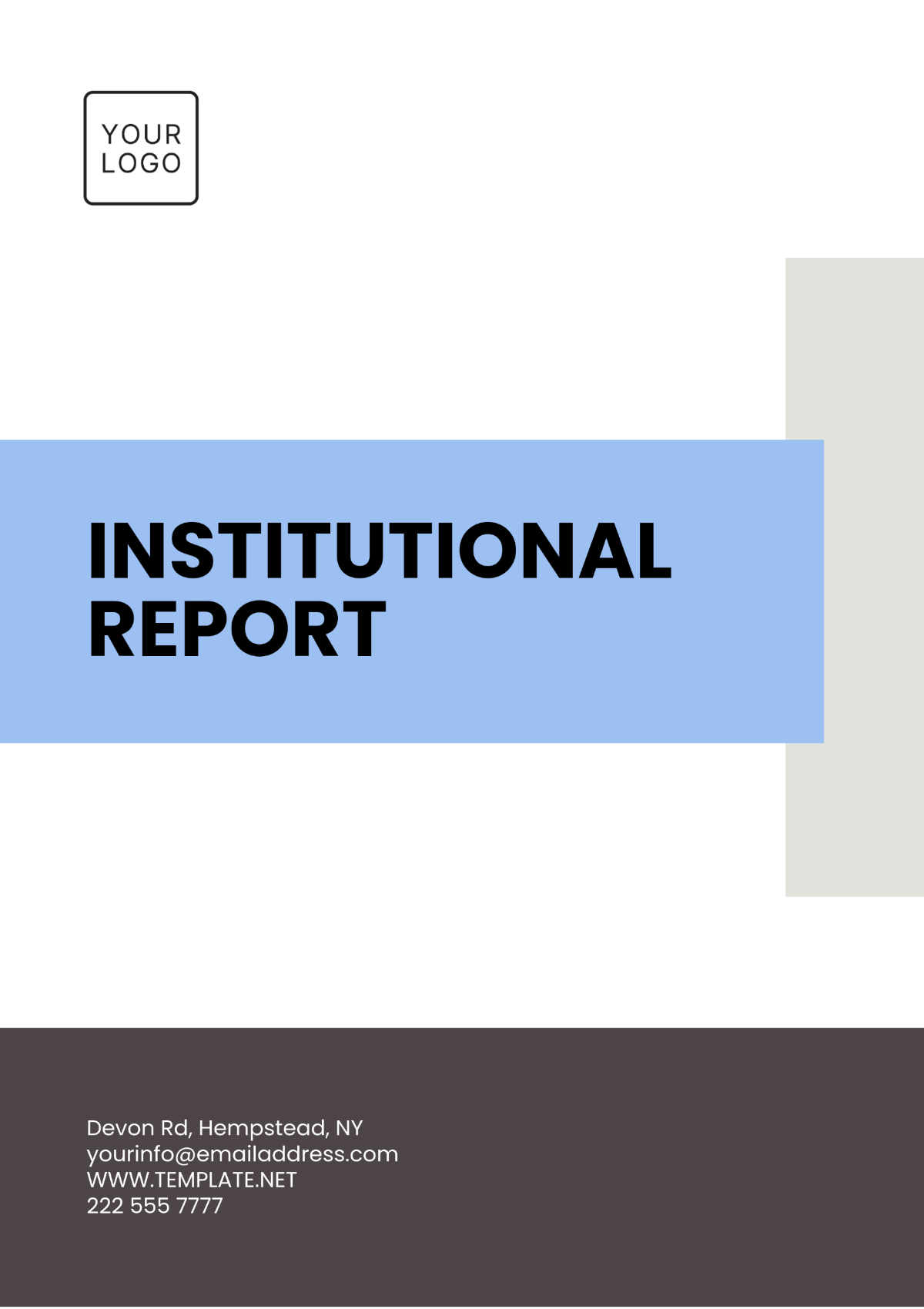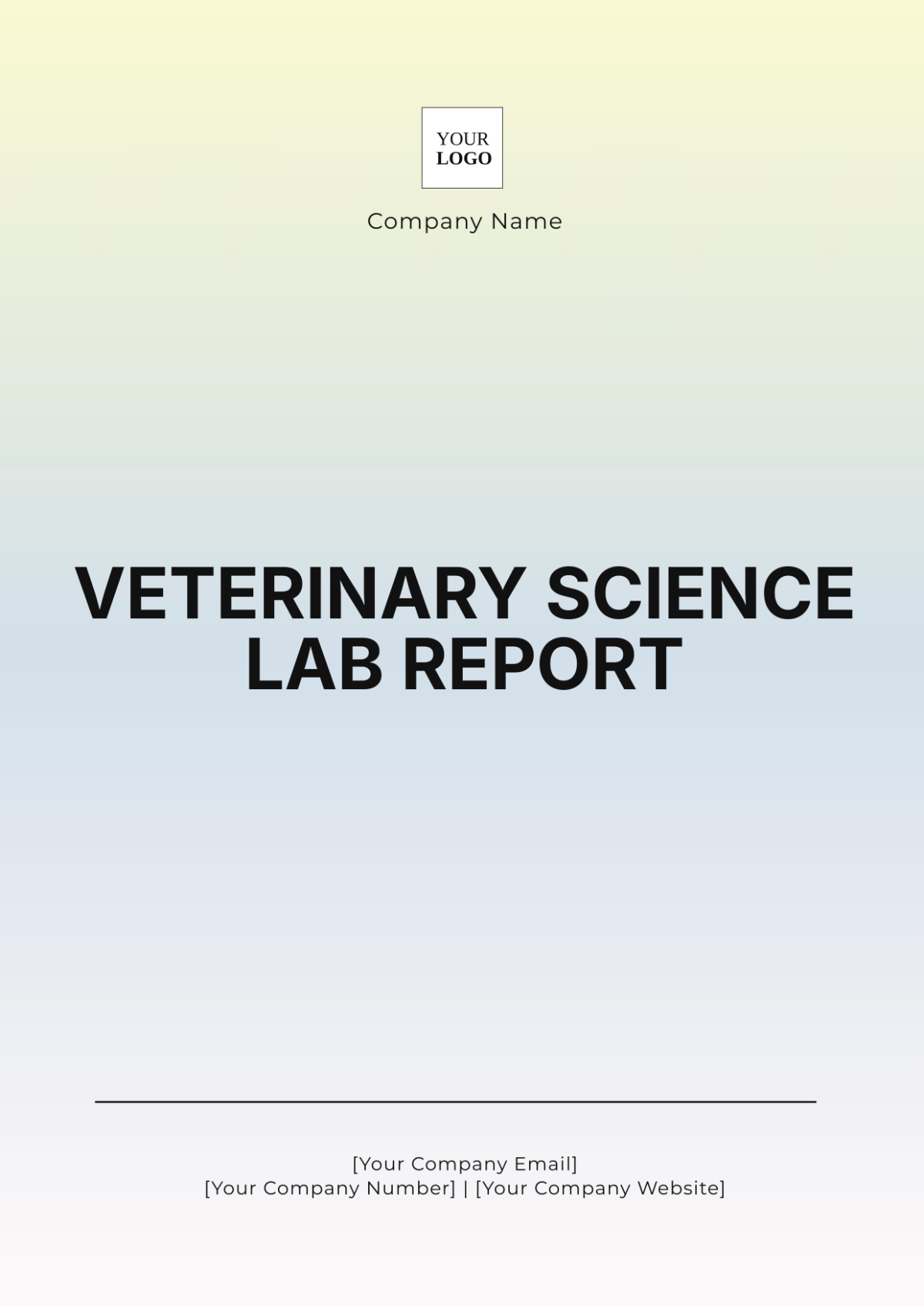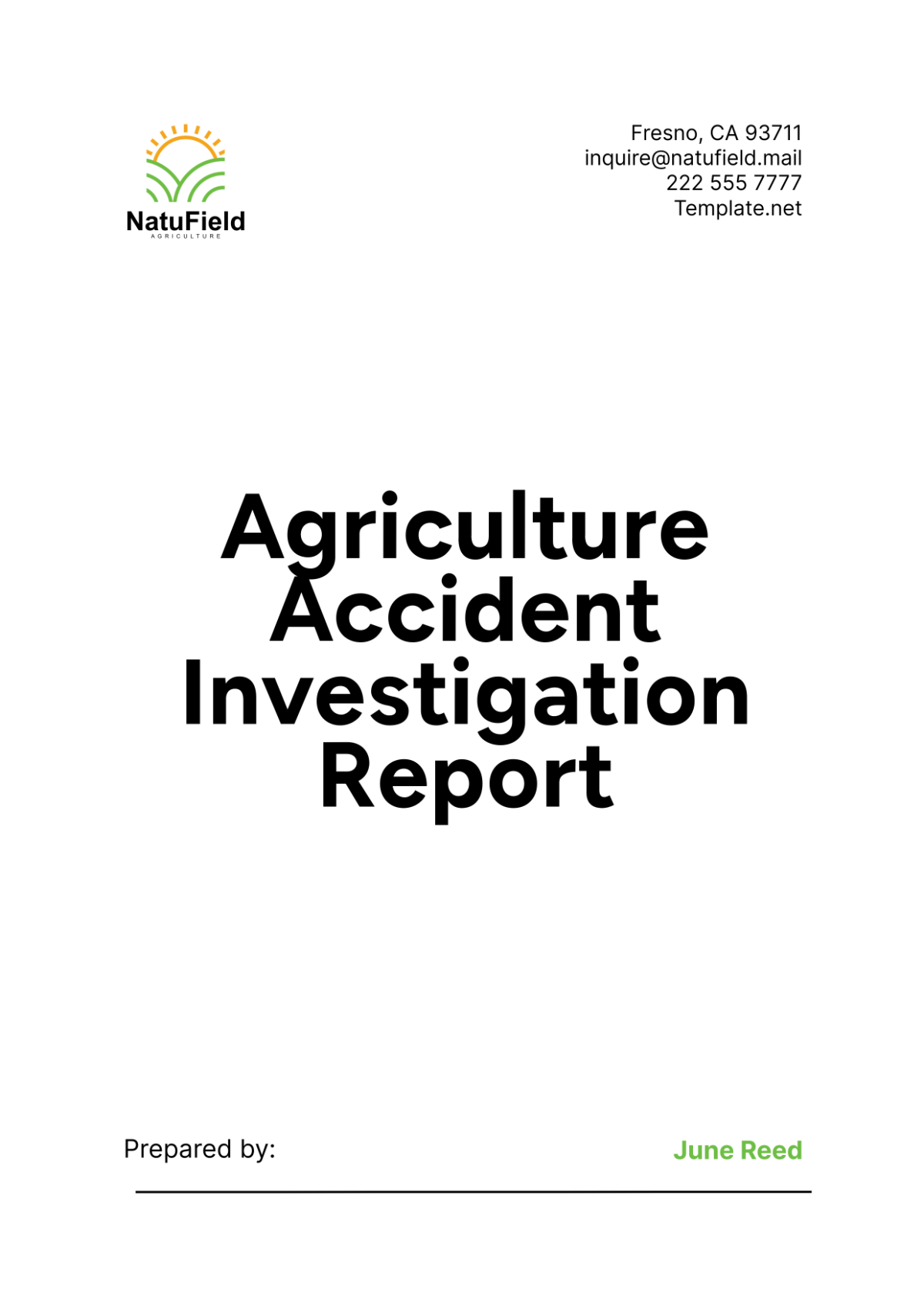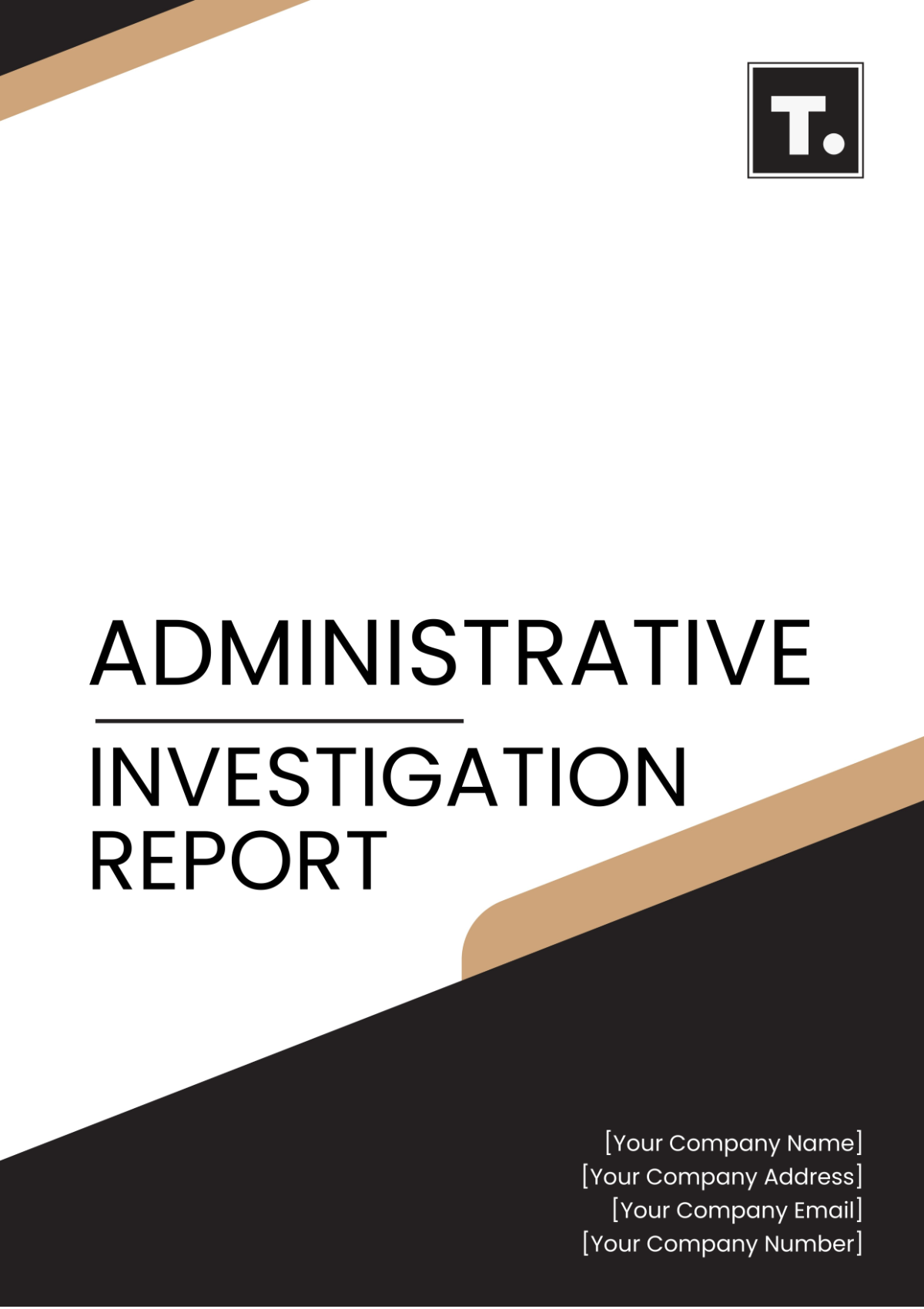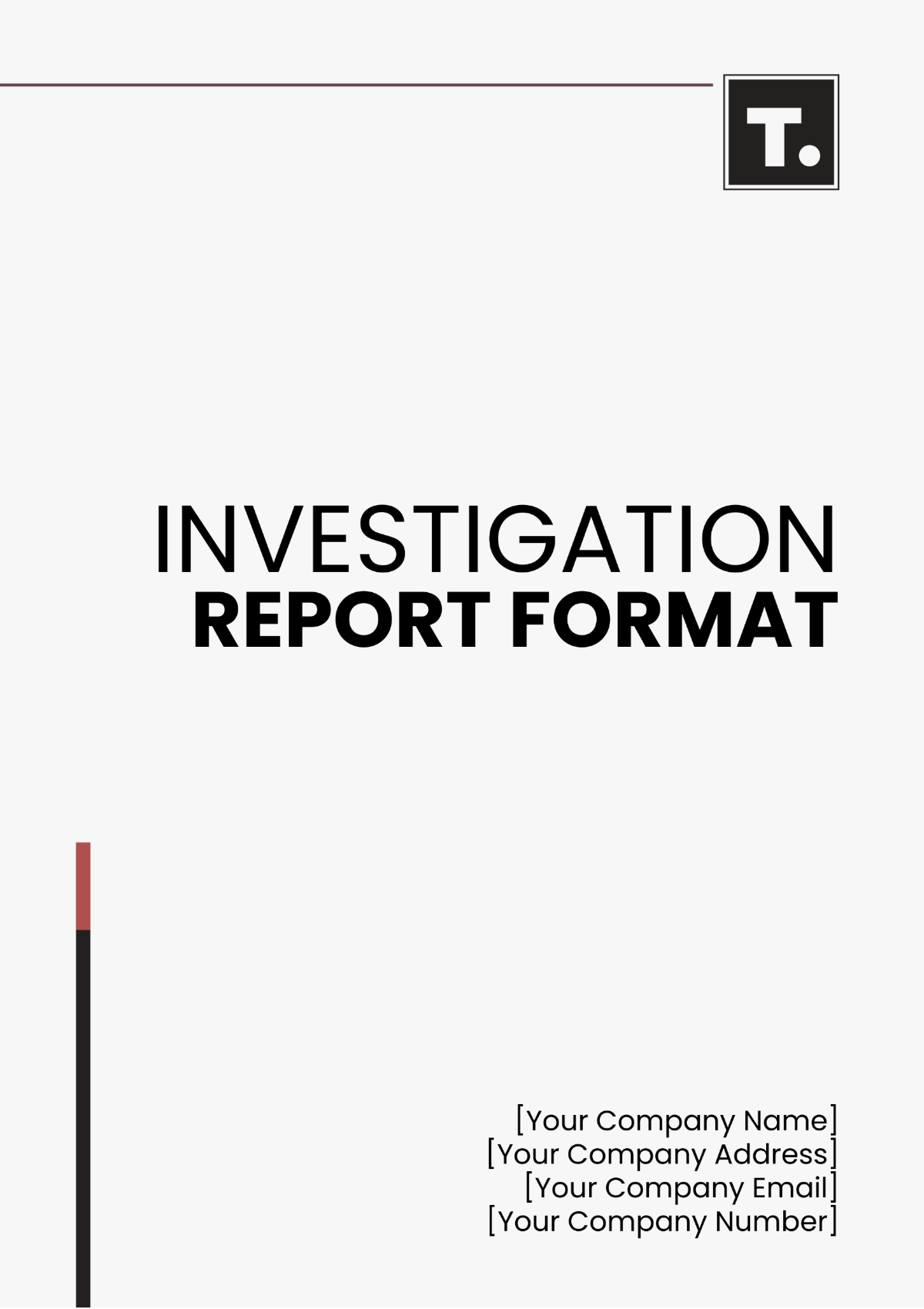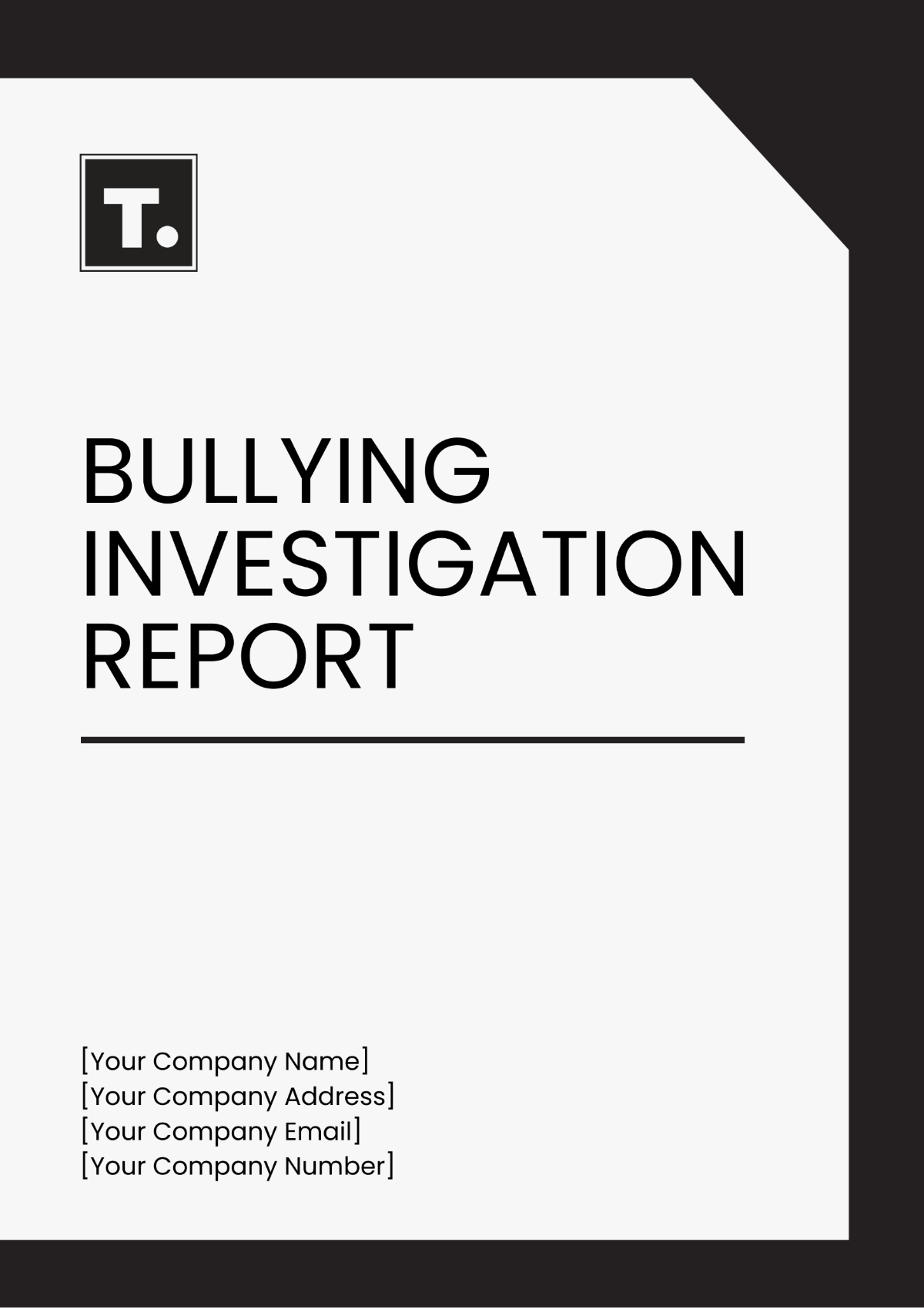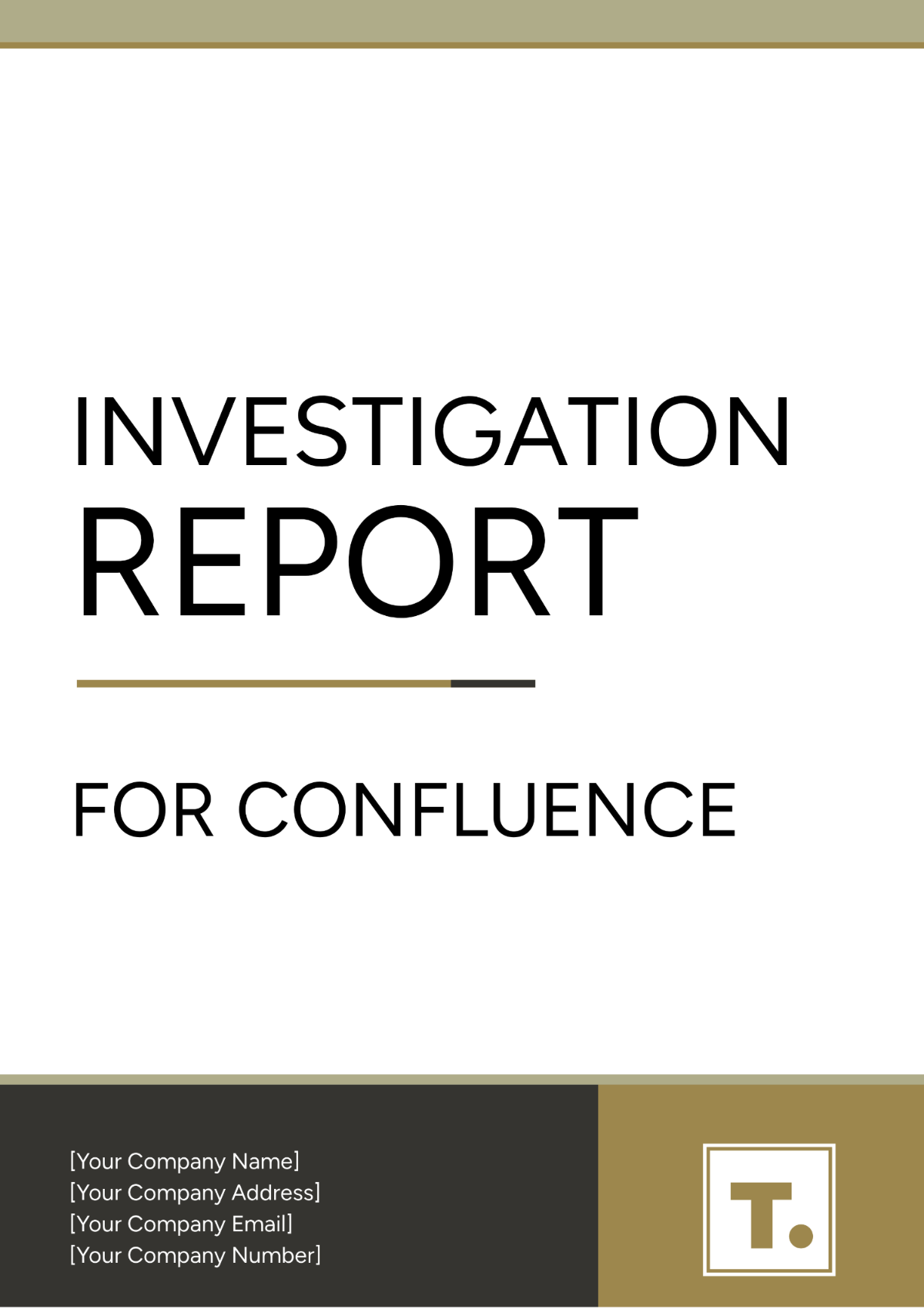Fraud Investigation Report
Prepared by: [Your Name]
Date: April 5, 2051
Introduction
This report presents the findings of a comprehensive investigation into allegations of fraudulent activities within [Your Company Name]. The investigation was initiated based on credible reports suggesting possible misconduct involving financial irregularities. The primary objective was to uncover the extent of the fraud, identify responsible parties, and recommend measures to prevent future occurrences.
Methodology
The investigation employed a multifaceted approach, which included the following:
Document Review: Analysis of financial records, transaction logs, and internal communications to identify anomalies.
Interviews: Conducting interviews with key personnel to gather insights into the operational processes and potential weaknesses.
Data Analysis: Utilizing forensic accounting techniques to scrutinize financial data for discrepancies.
Collaboration with Authorities: Engaging with law enforcement and legal advisors for guidance and support throughout the investigation.
Findings
Summary of Irregularities
The investigation revealed several significant findings related to fraudulent activities:
Manipulation of Financial Statements: Evidence indicated that certain individuals altered financial reports to inflate profits, misrepresenting the company's financial health.
Unauthorized Transactions: Several unauthorized transactions were identified, involving the diversion of company funds to personal accounts.
Collusion: There were indications of collusion among employees, suggesting a coordinated effort to perpetrate the fraud.
Weak Internal Controls: The investigation highlighted deficiencies in internal controls, particularly in the approval processes for financial transactions.
Responsible Parties
The investigation identified the following individuals as primary suspects involved in the fraudulent activities:
Employee A: Responsible for financial reporting and oversight. Evidence suggests direct involvement in altering financial statements.
Employee B: Engaged in unauthorized transactions, diverting funds to personal accounts.
Employee C: Collaborated with Employees A and B, facilitating the manipulation of records.
Recommendations
To mitigate the risk of future fraud and strengthen the internal control framework, the following recommendations are proposed:
Enhance Internal Controls: Implement stricter approval processes for financial transactions, including dual authorization for significant expenditures.
Regular Audits: Conduct periodic internal and external audits to identify and address vulnerabilities in financial reporting.
Fraud Awareness Training: Provide training to employees on recognizing and reporting suspicious activities, fostering a culture of integrity.
Whistleblower Program: Establish an anonymous reporting mechanism for employees to report concerns without fear of retaliation.
Legal Action: Pursue appropriate legal action against identified individuals involved in the fraud to recover lost funds and serve as a deterrent.
Conclusion
The investigation into the allegations of fraud has unveiled substantial evidence of misconduct, leading to a clearer understanding of the factors contributing to these activities. By implementing the recommendations outlined in this report, the organization can strengthen its defenses against fraud, ensuring greater accountability and transparency moving forward.

